Introductory talk on
Self-supervised learning and transformers
What is it and do I need it?
Julian C. Schäfer-Zimmermann
Max Planck Institute of Animal Behavior
Department for the Ecology of Animal Societies
Communication and Collective Movement (CoCoMo) Group

Self-supervised learning
The concepts
The concepts
There are multiple ways to learn from data
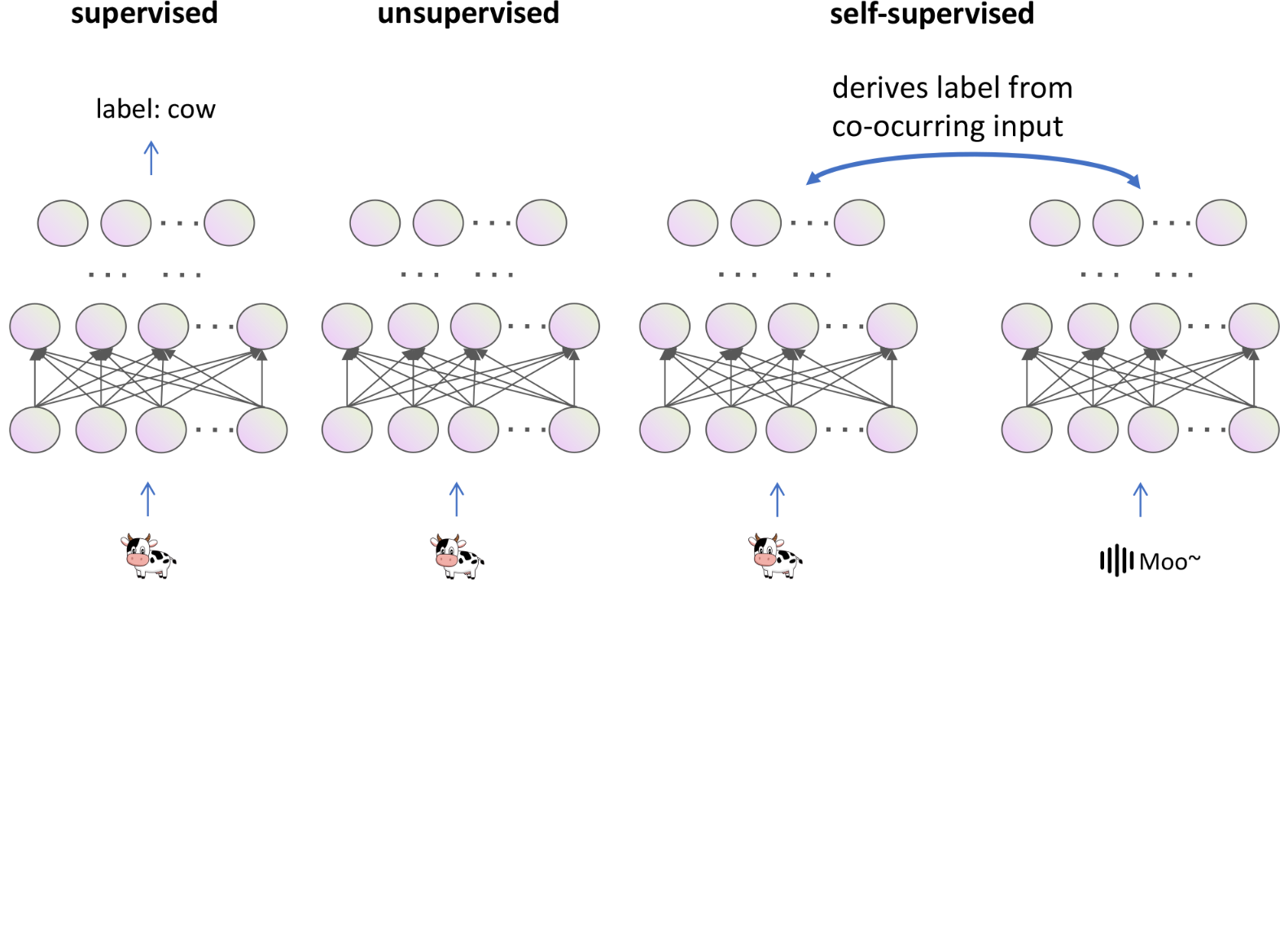
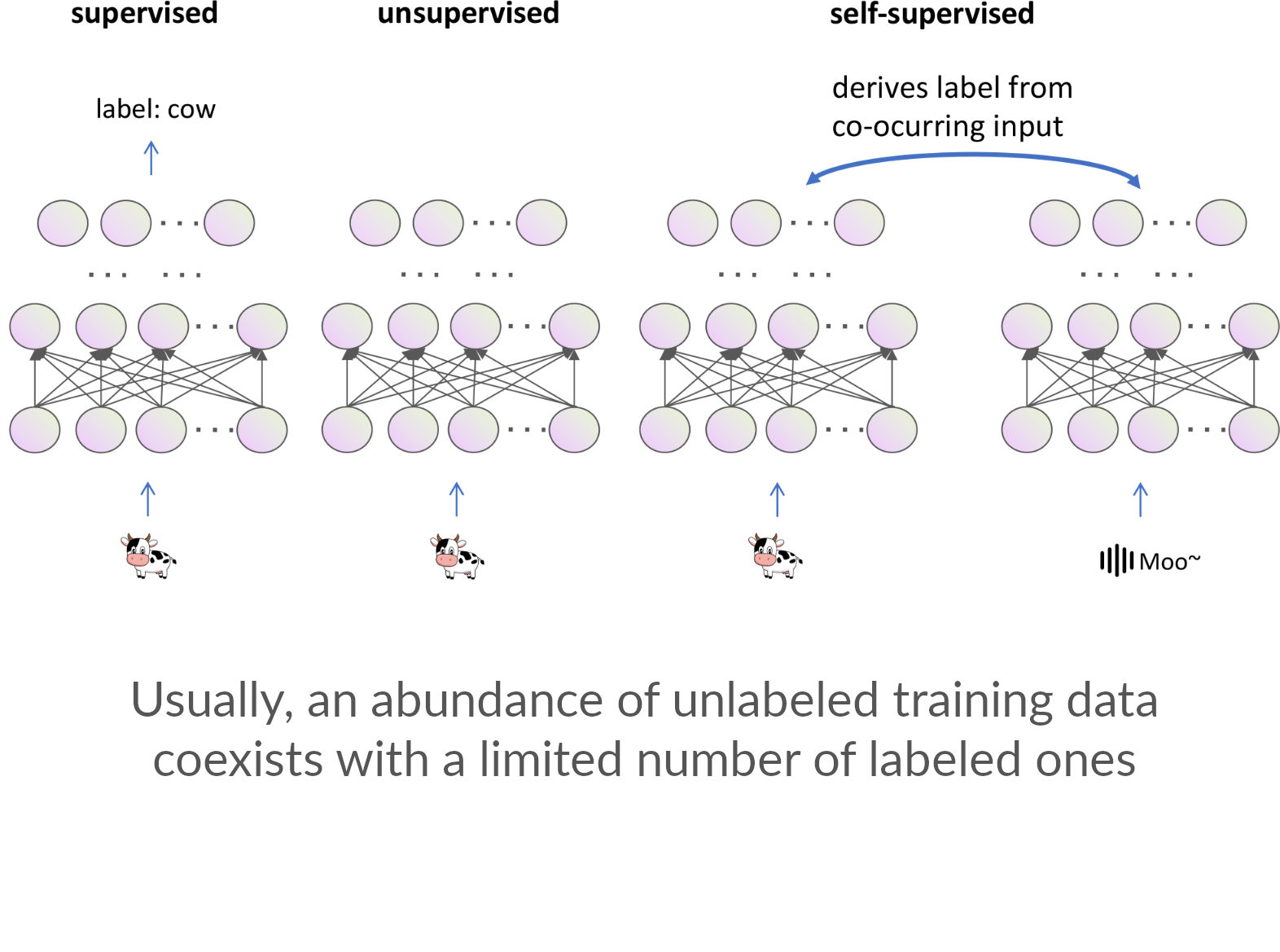
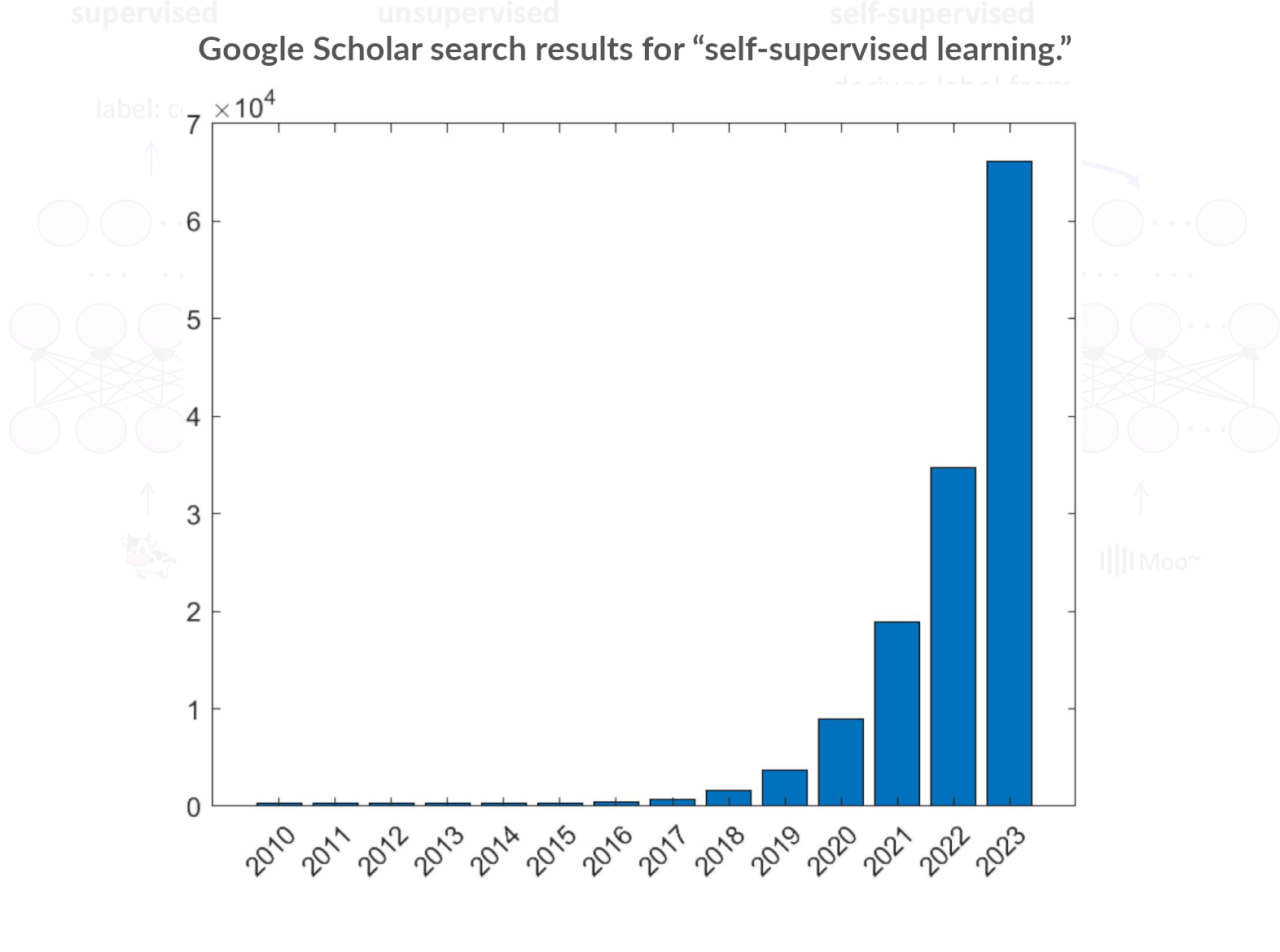
The concepts
SSL is used as pretraining, followed by a finetuning step
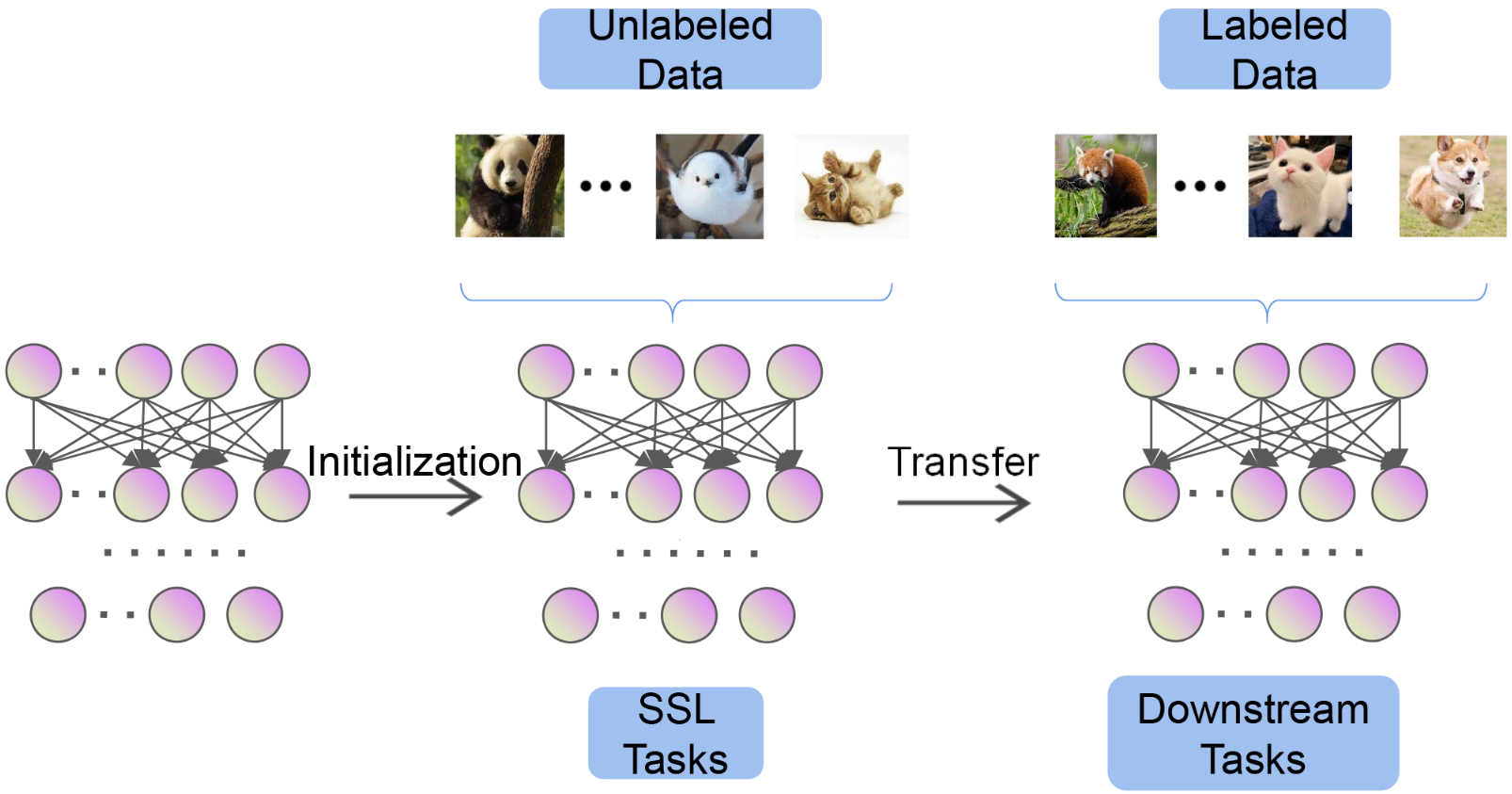
The concepts
Predict everything from everything else
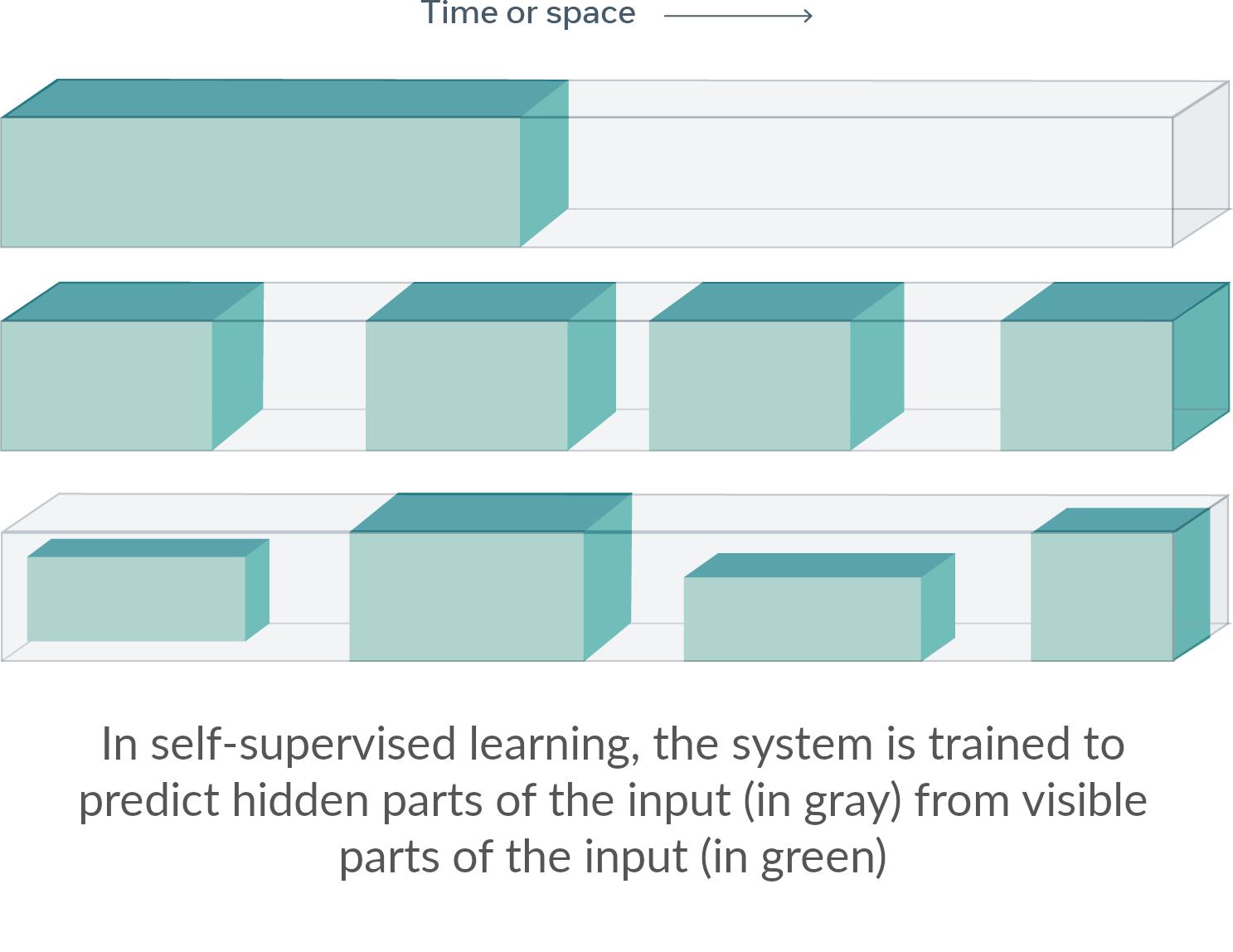
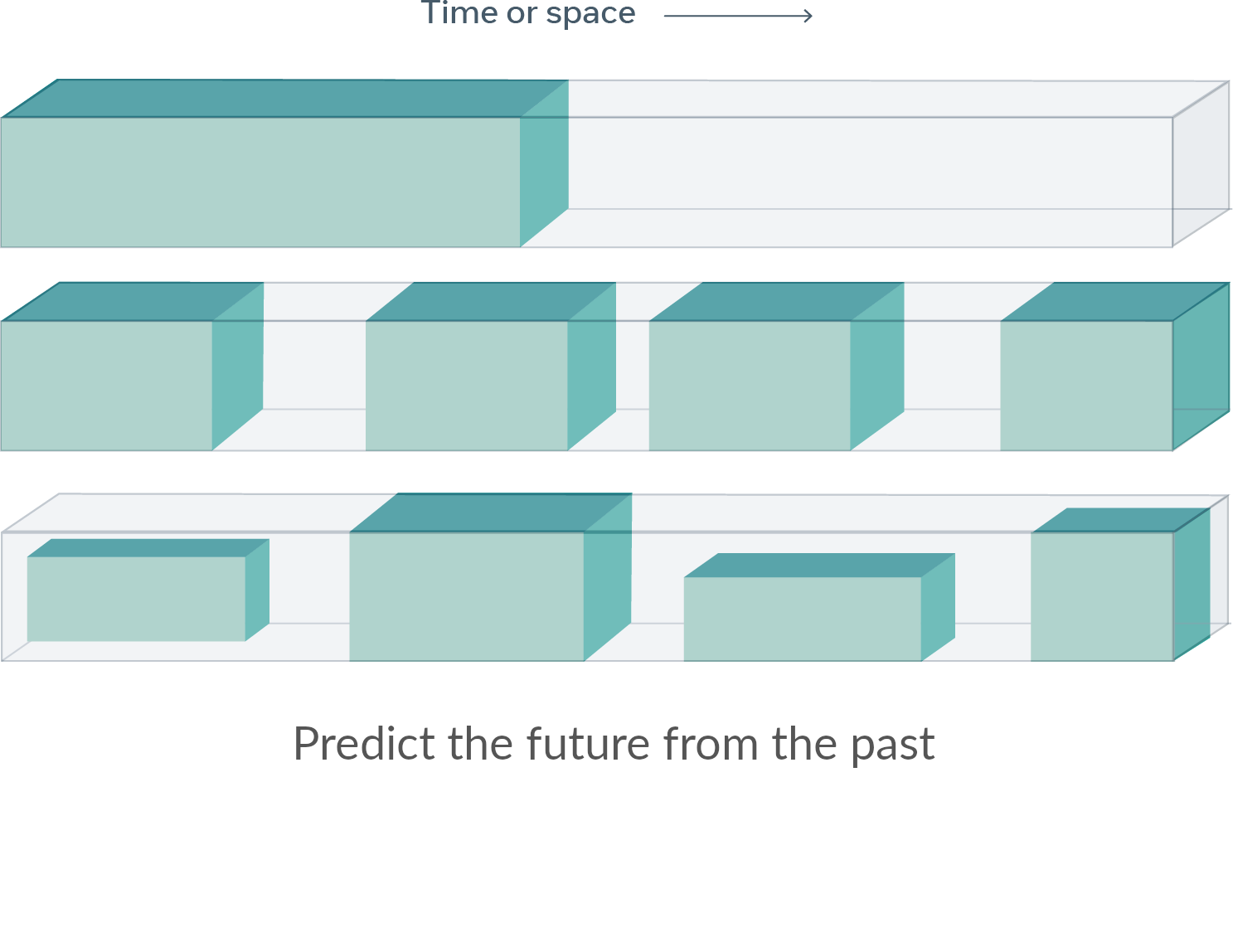
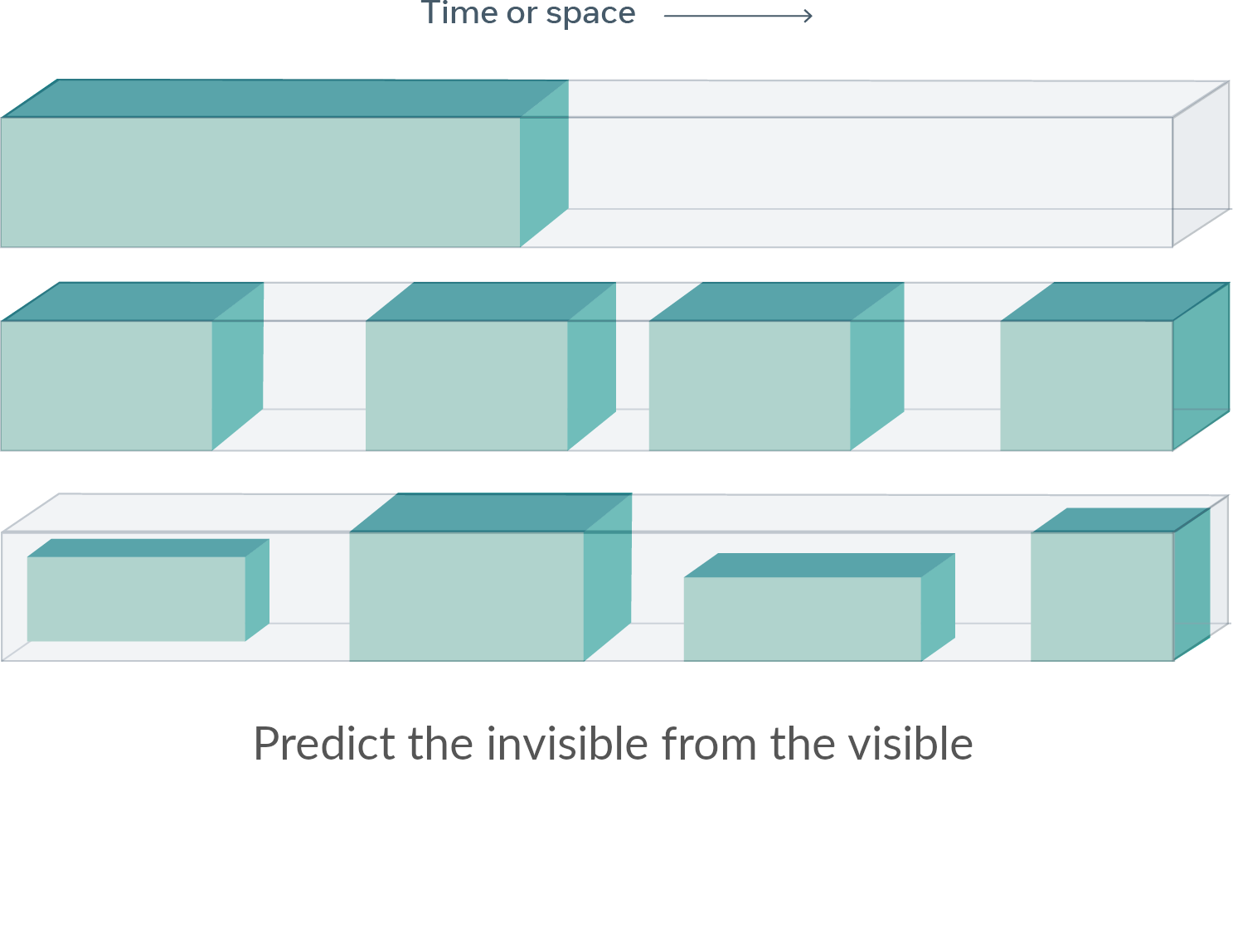
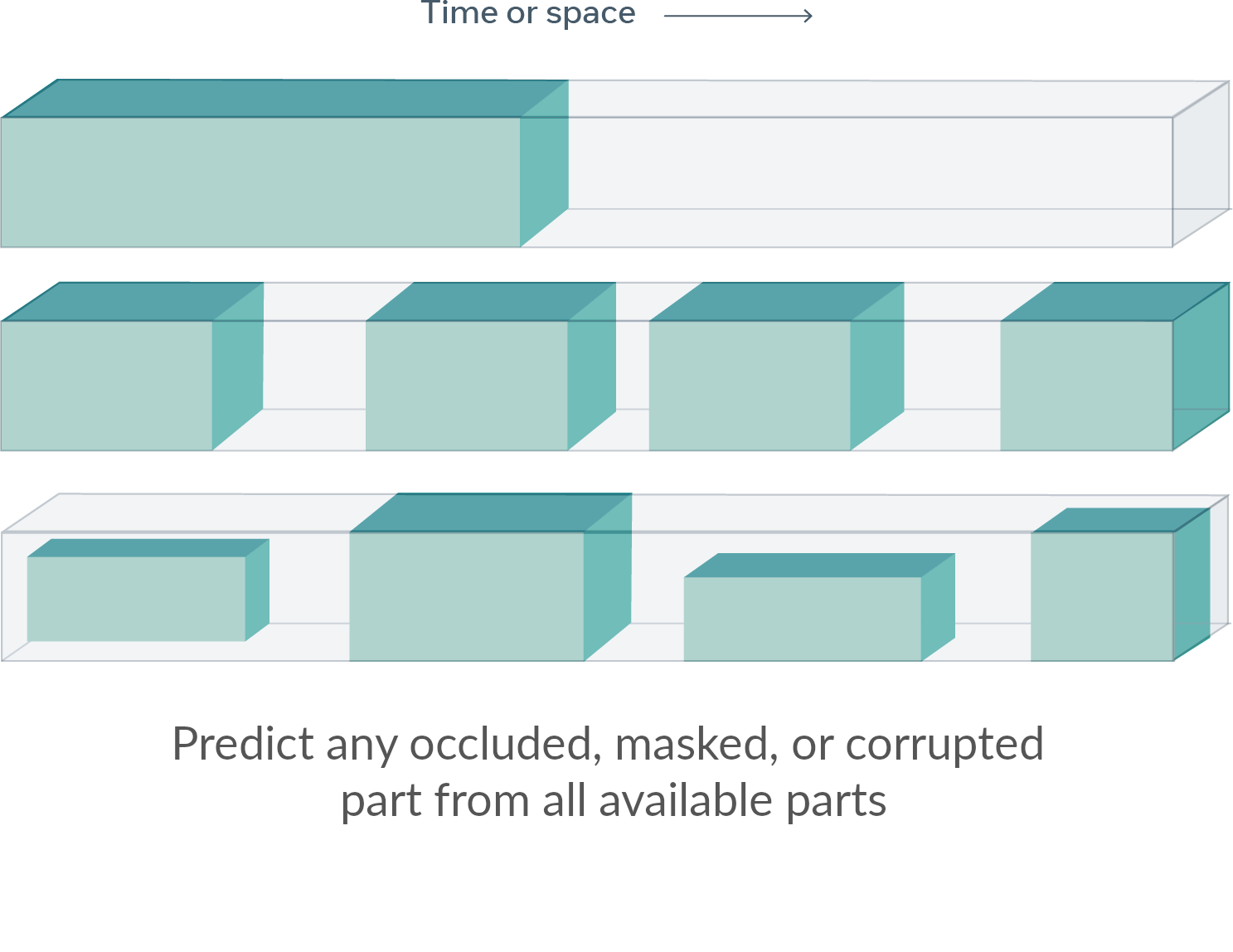
Self-supervised learning
Pretext tasks
Pretext tasks
Three categories
- Context-based
- Contrastive learning
- Masked modeling
Pretext tasks
Context-based

Context-based methods rely on the inherent contextual relationships among the provided examples
Pretext tasks
Contrastive learning


Contrastive learning is a discriminative tasks: Distinguish one instance from other ones
Pretext tasks
Contrastive learning: Negative example-based
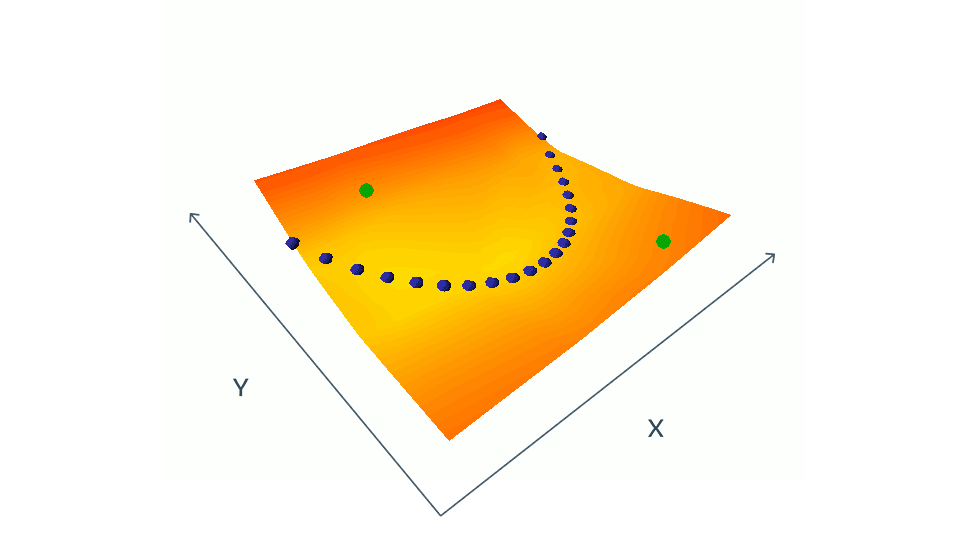
Negative example-based methods push down the loss of compatible pairs (blue dots), and push up on the loss of incompatible pairs (green dots)
Pretext tasks
Contrastive learning: Negative example-based
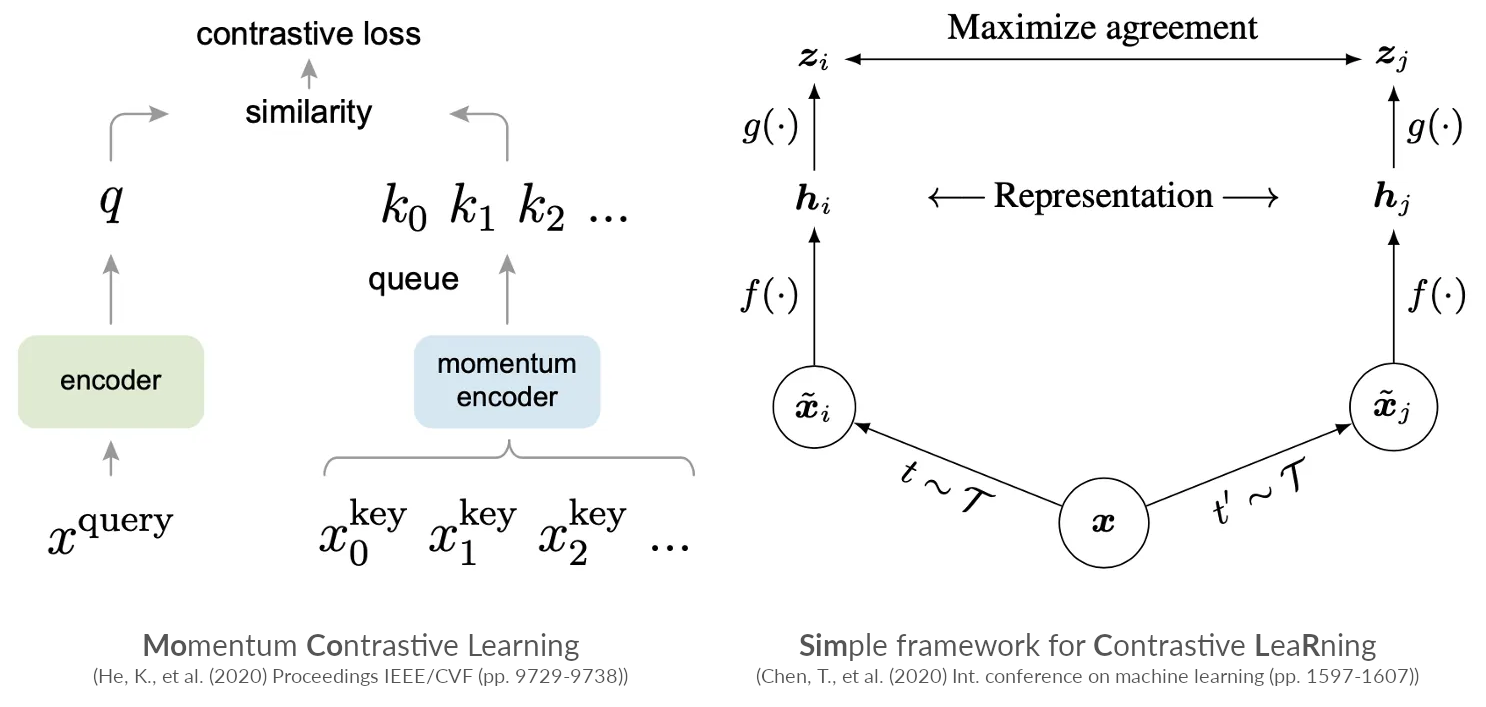
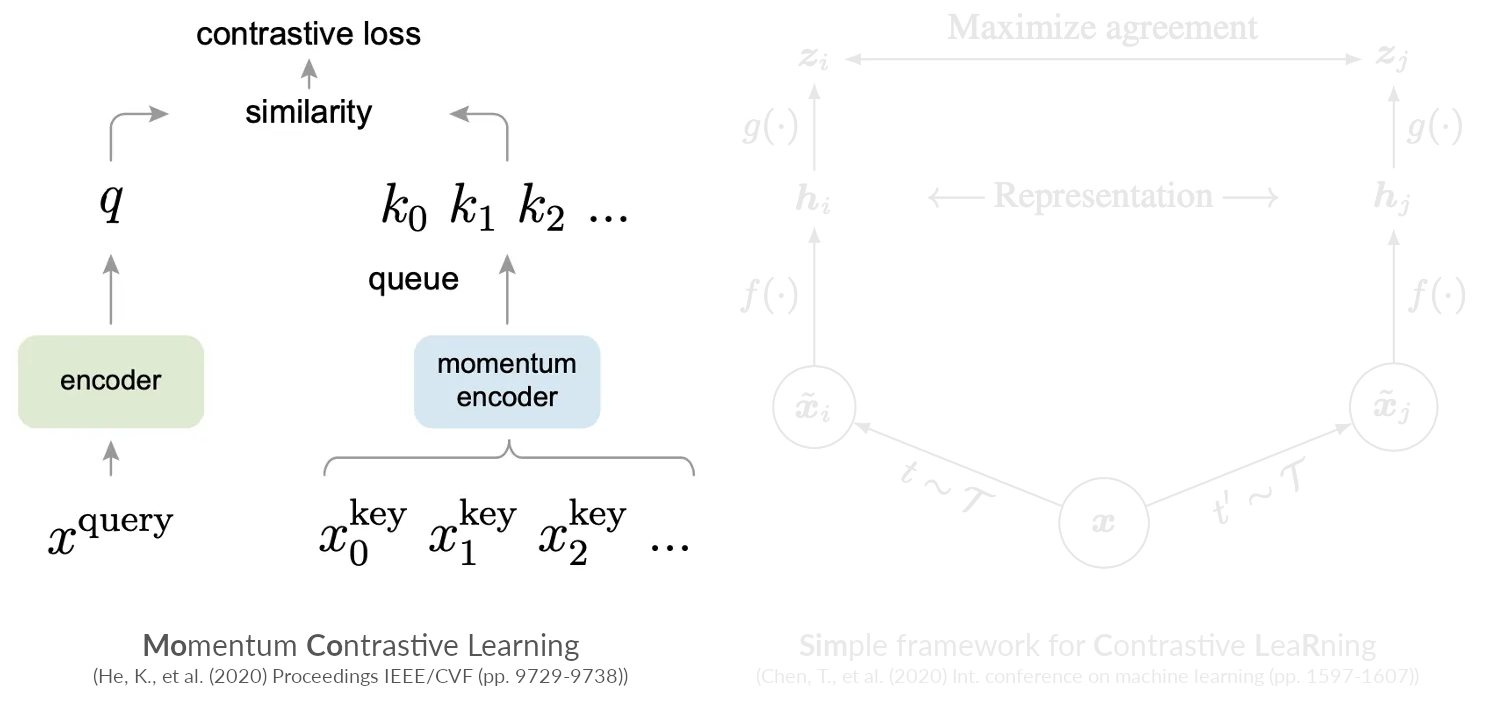
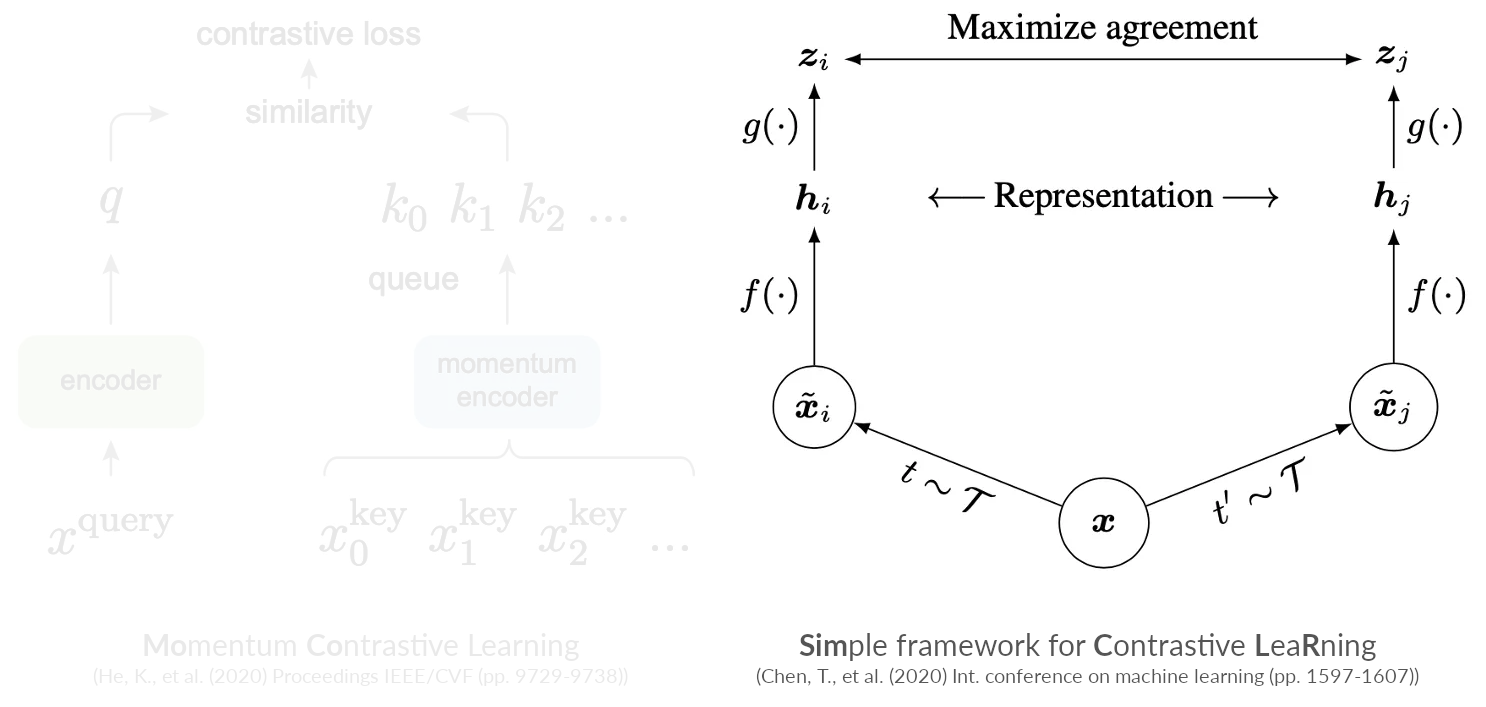
Pretext tasks
Contrastive learning

Pretext tasks
Contrastive learning: Self-distillation-based

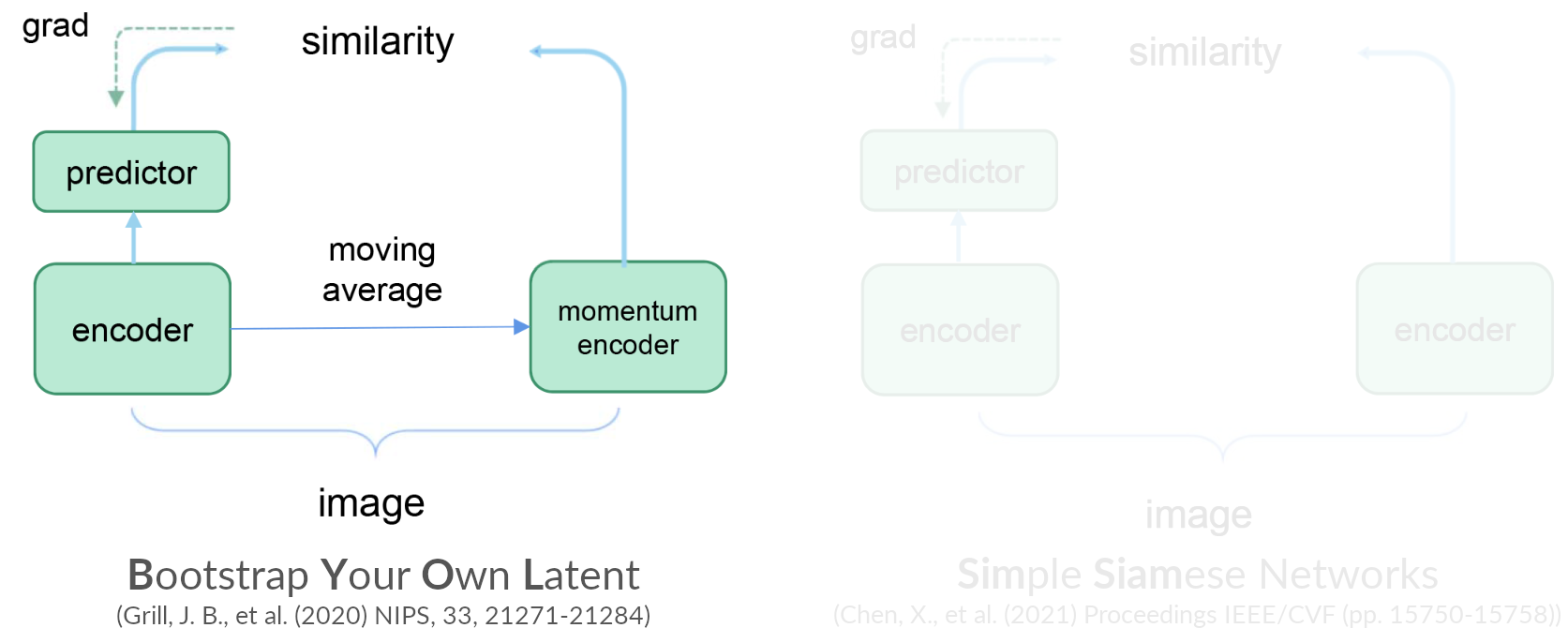
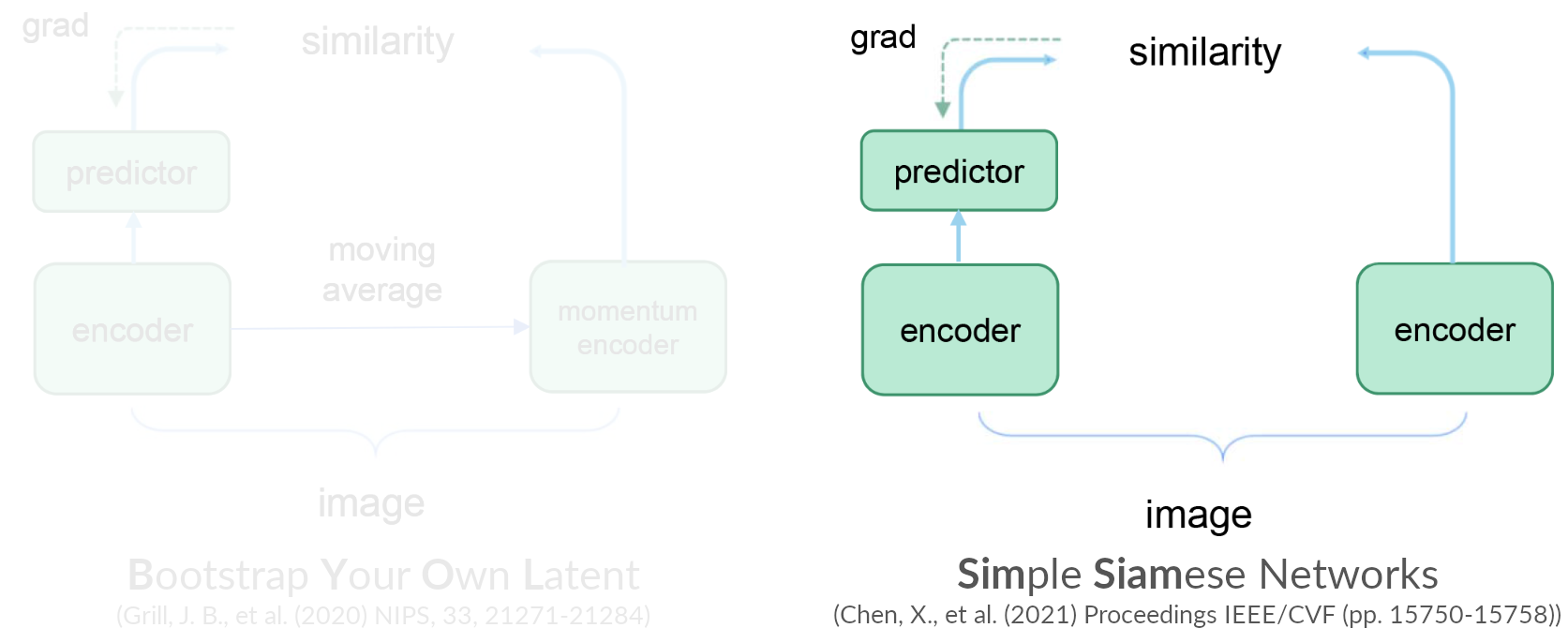
Pretext tasks
Contrastive learning

Pretext tasks
Contrastive learning: Feature decorrelation-based
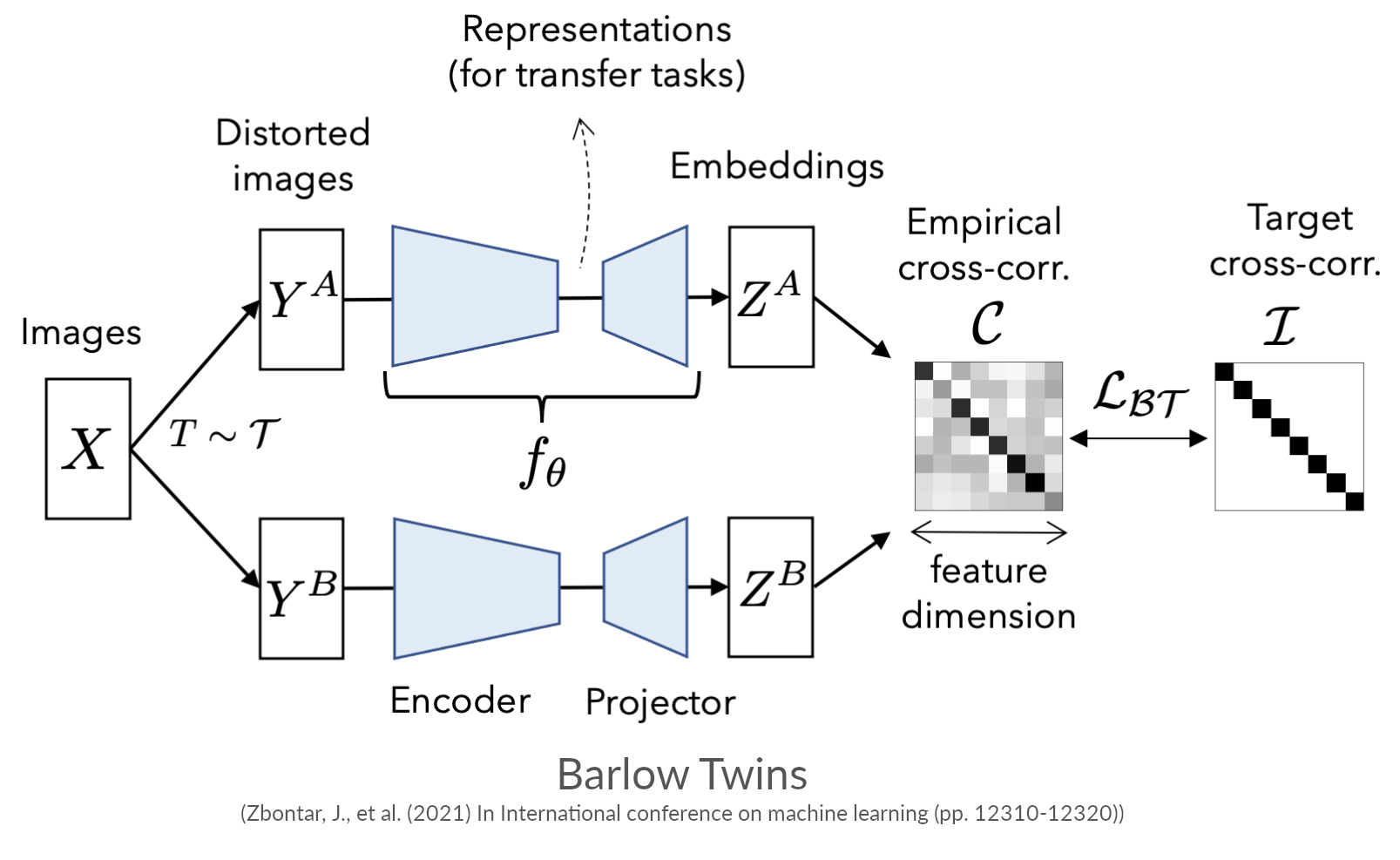
Pretext tasks
Masked modeling
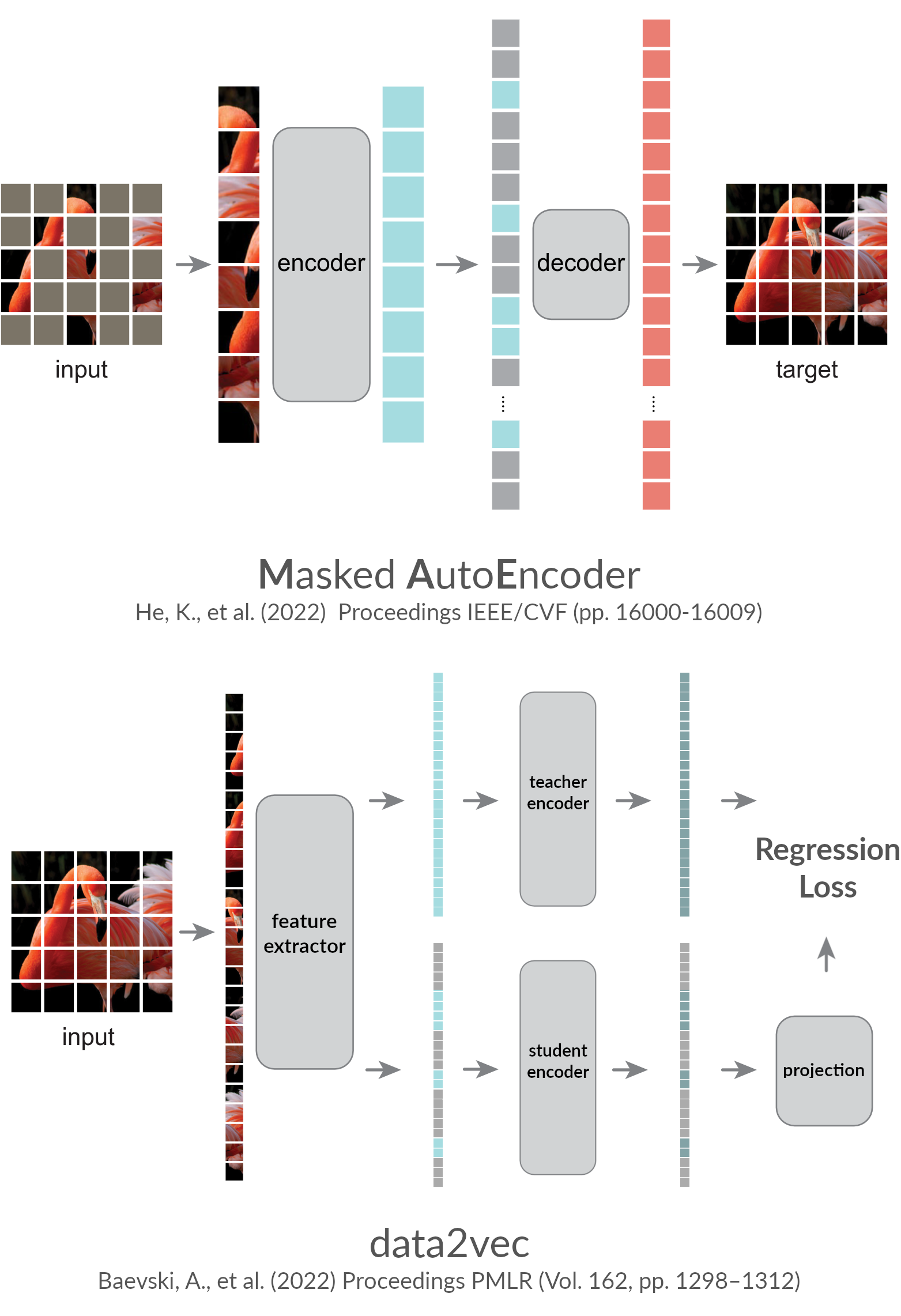
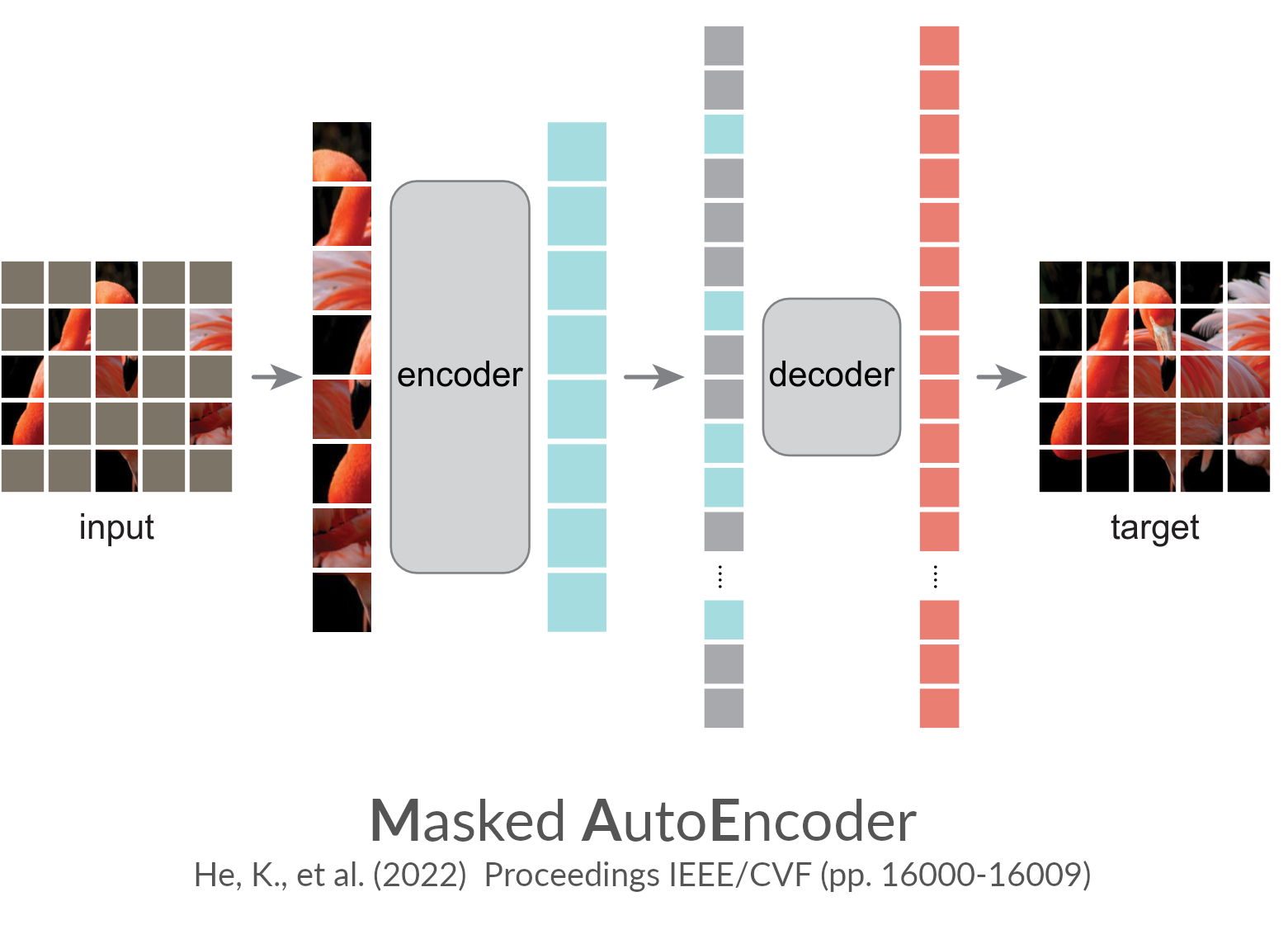

Self-supervised learning
Overview/Applicability to bioacoustics
Overview
What to chose when?
| CLR | MM | |
|---|---|---|
| Dataset size: | Data hungry | Can handle smaller datasets |
| Learning: | Focus on global views | Focus on local views |
| Scaling: | Scale with larger datasets | Inferior data scaling |
| Disadvantages: | Vulnerable to overfitting | Data-filling challenges |
Applicability to bioacoustics
Bioacoustics lives in two domains
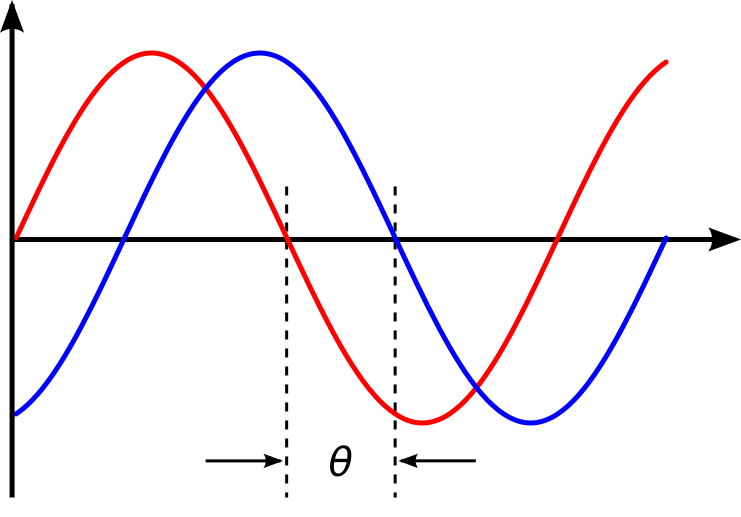
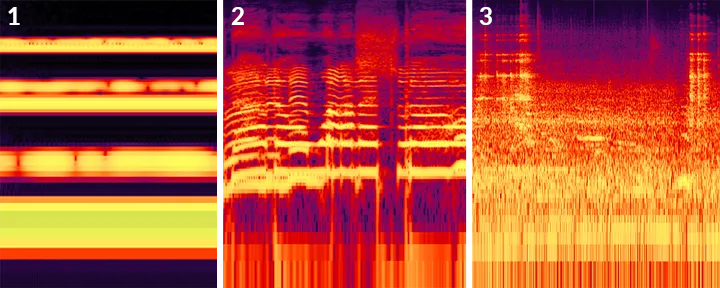
Sound is a temporal phenomenon based on wave-mechanics.
Information is encoded in the time- and phase-domain
- Two similar tones cause uneven phase cancellations across frequencies
- Two simultaneous voices with similar pitch are difficult to tell apart
- Noisy and complex auditory scenes make it particularly difficult to distinguish sound events
Often-used log scaling biases the input towards human hearing
Computer vision models are empirically a good fit, but conceptually they're not
Applicability to bioacoustics
Variable sample-rates
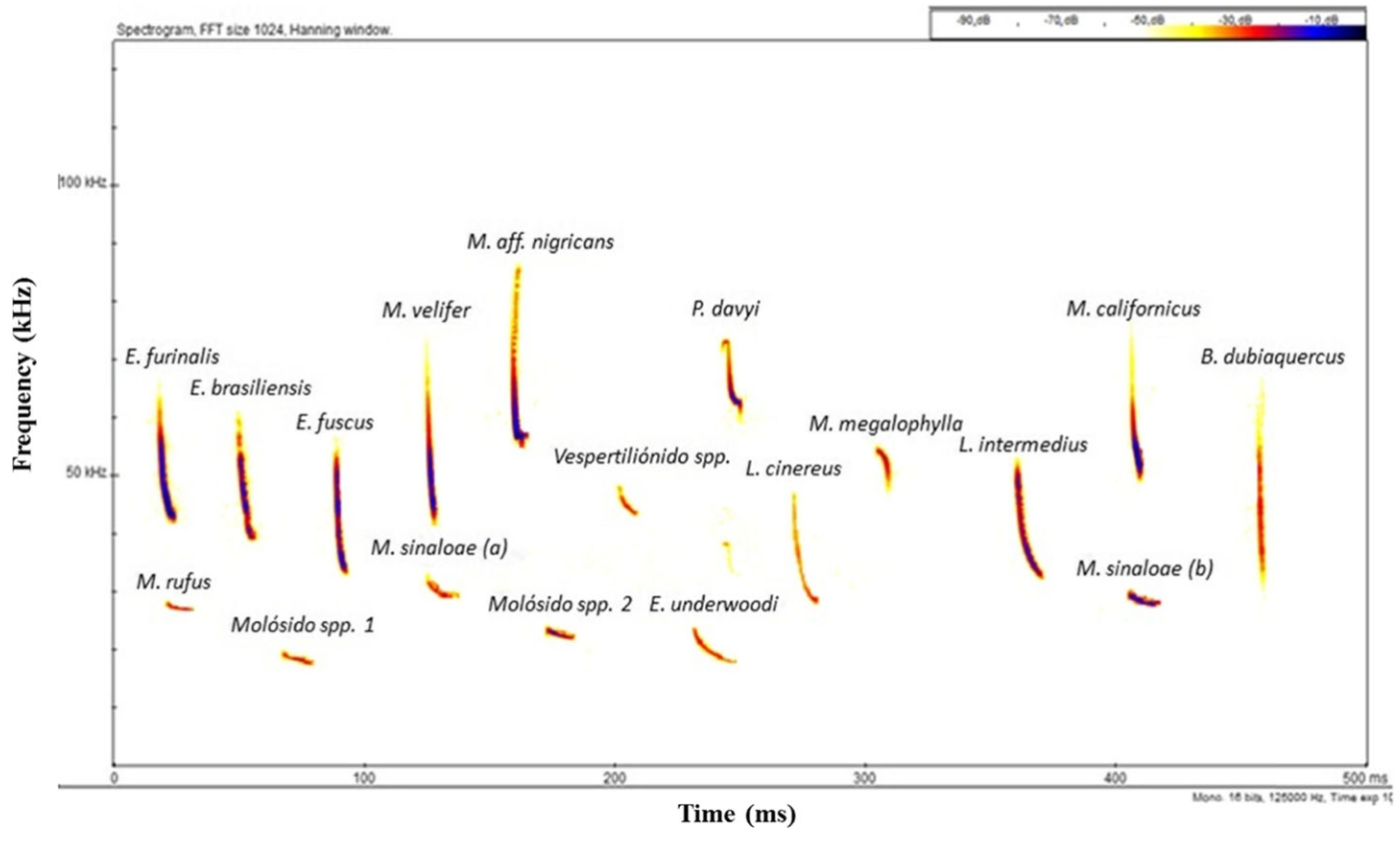
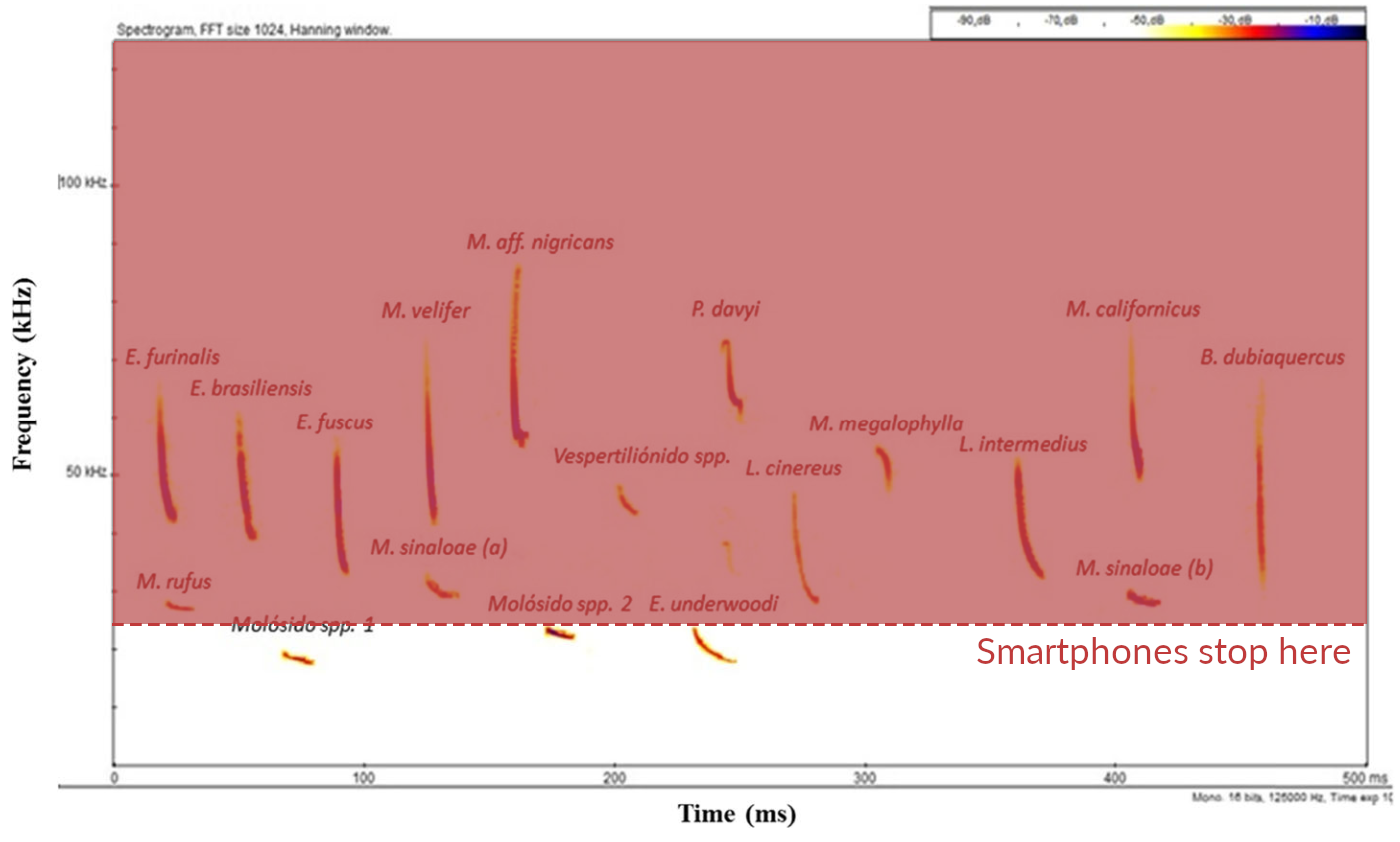
Bioacoustic occurs over a very wide frequency range
Rodríguez-Aguilar, G., et al. (2017) Urban Ecosystems, 20(2), 477–488
Applicability to bioacoustics
Data sparsity
Animal vocalizations are short and rare events
- For example:
- MeerKAT [1]: 184h of labeled audio, of which 7.8h (4.2%) contain meerkat vocalizations
- BirdVox-full-night [2]: 4.5M clips, each of duration 150 ms, only 35k (0.7%) are positive
- Hainan gibbon calls [3]: 256h of fully labeled PAM data with 1246 few-seconds events (0.01%)
- Marine datasets have even higher reported sparsity levels [4]
[1] Schäfer-Zimmermann, J. C., et al. (2024). Preprint at arXiv:2406.01253
[3] Dufourq, E., et al. (2021) Remote Sensing in Ecology and Conservation, 7(3), 475-487.
[4] Allen, A. N., et al. (2021) Frontiers in Marine Science, 8, 607321
Applicability to bioacoustics
Our response (not necessarily the best) to these challenges
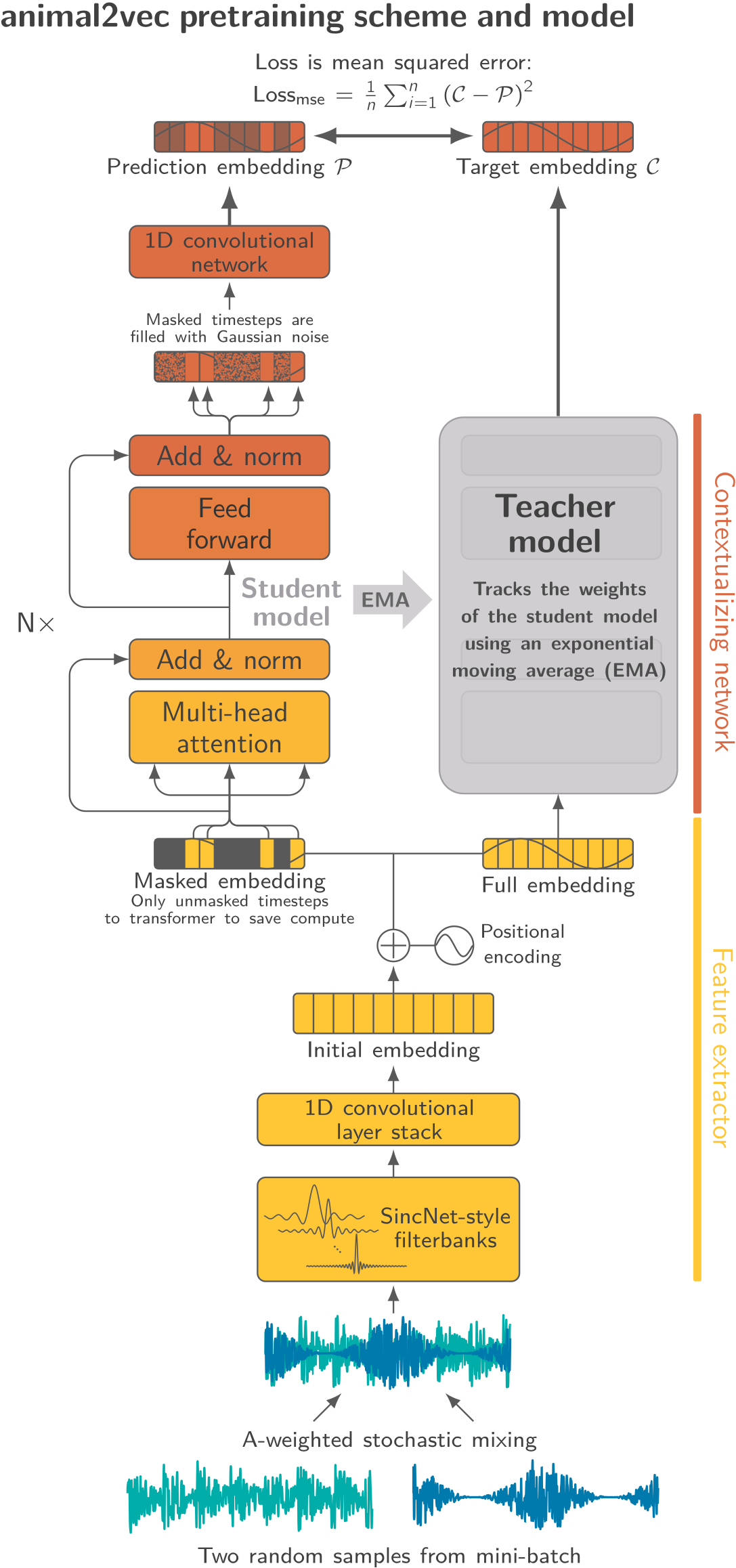
- Masked-based self-distillation using raw audio input
- Better with sparse data as no negative-mining is done
- Makes use of the phase information as we are not calculating spectrograms
animal2vec
Schäfer-Zimmermann, J. C., et al. (2024). Preprint at arXiv:2406.01253
Let's take a break
Next: Transformer
The original transformer
A now widely used domain-agnostic neural network architecture
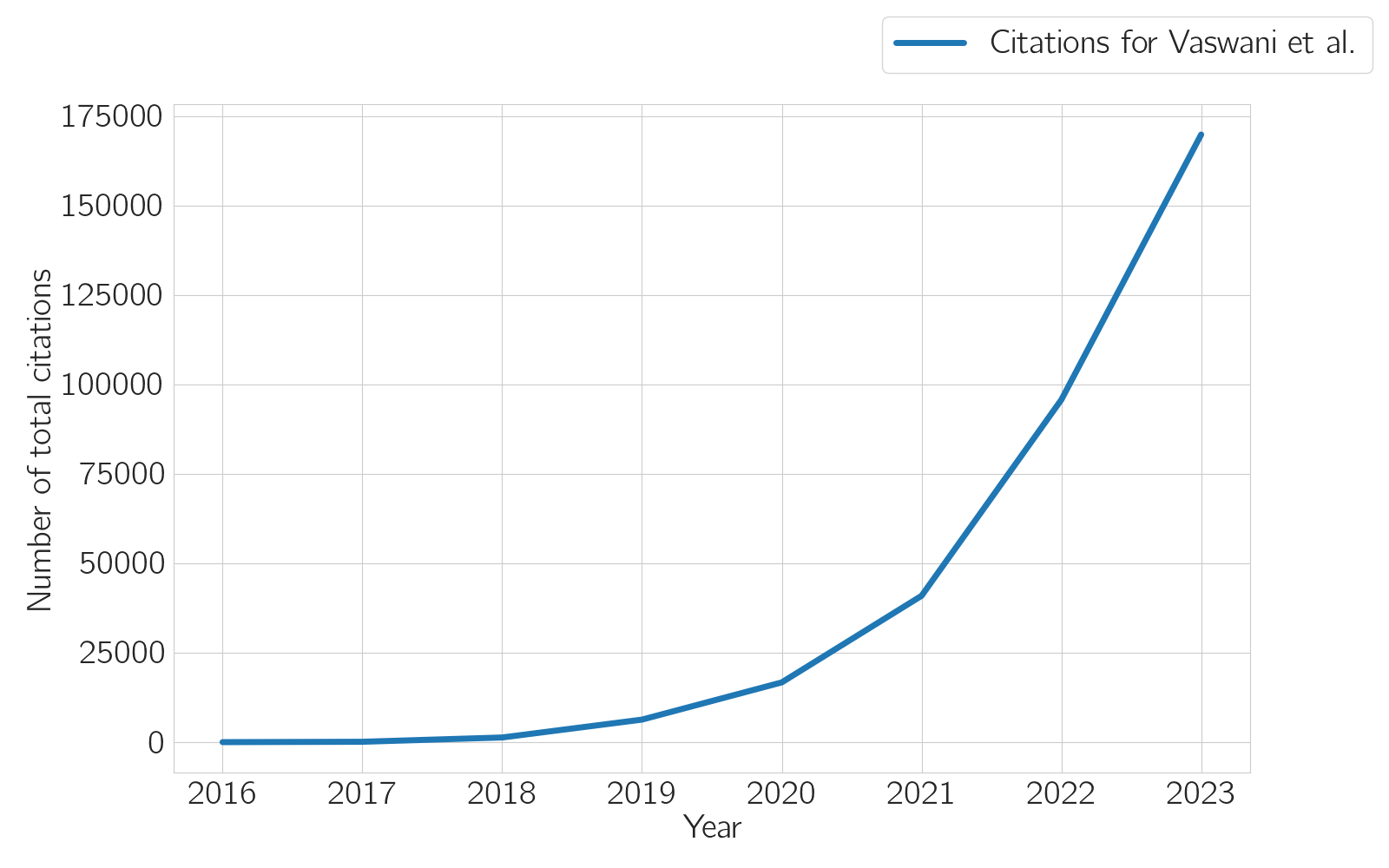
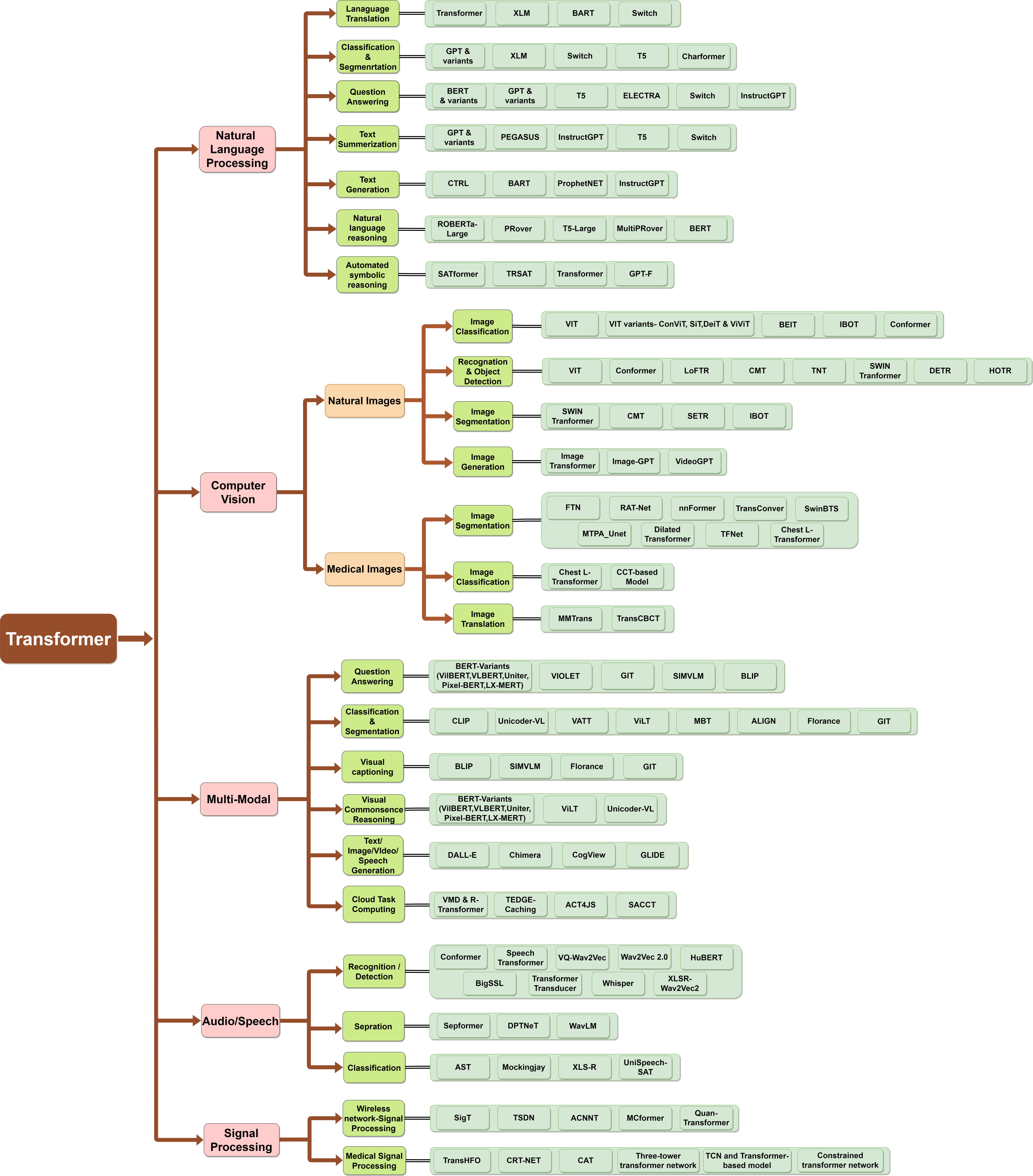
Islam, S., et al. (2024) Expert Systems with Applications, 241, 122666
The original transformer
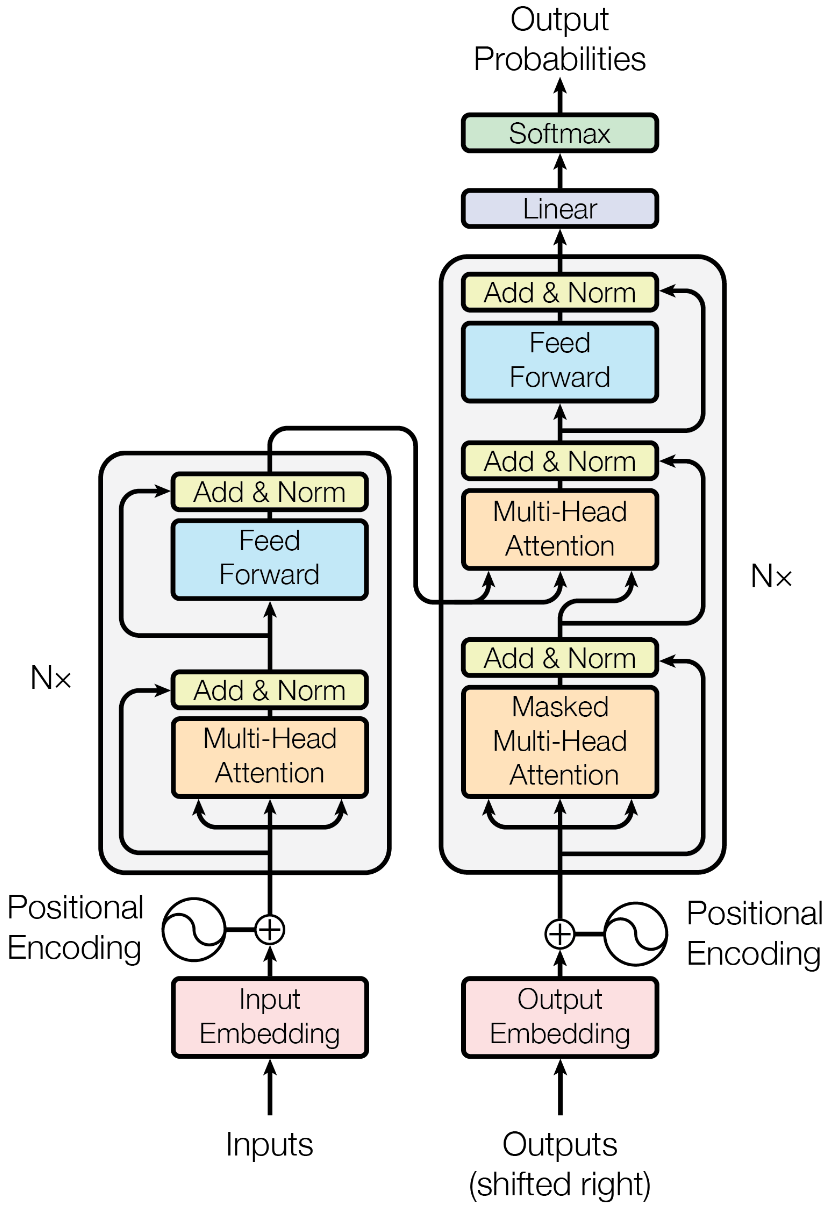
Vaswani, A., et al. (2017) Advances in Neural Information Processing Systems 30, 5998–6008
The original transformer
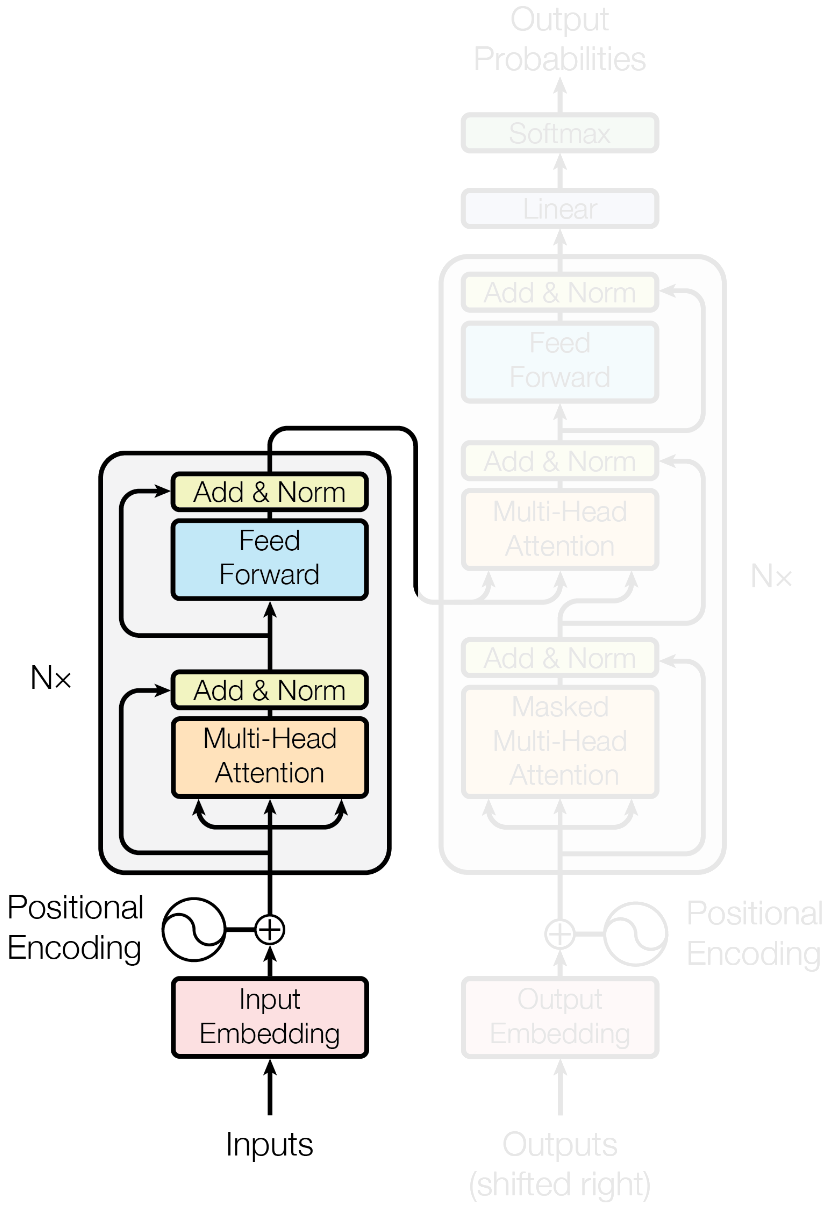
- An encoding component
Vaswani, A., et al. (2017) Advances in Neural Information Processing Systems 30, 5998–6008
The original transformer
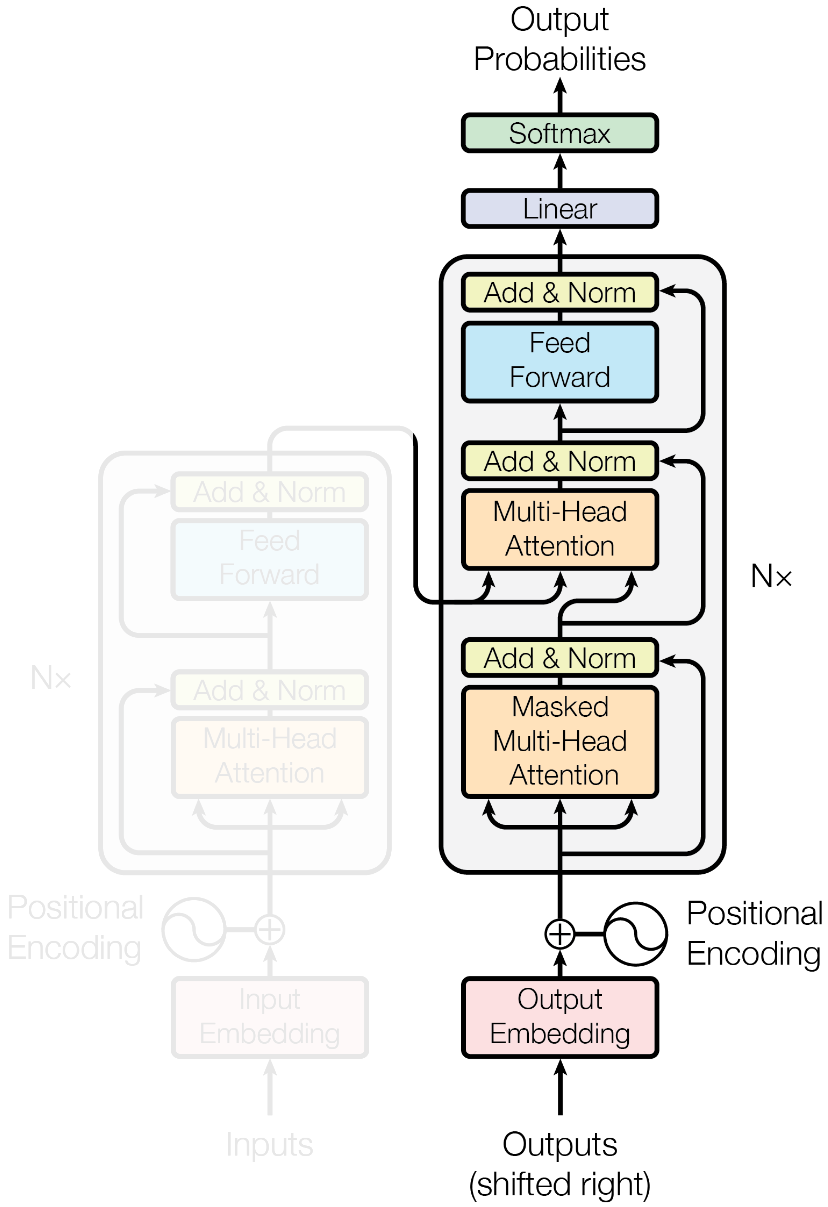
- An encoding component
- A decoding component
Vaswani, A., et al. (2017) Advances in Neural Information Processing Systems 30, 5998–6008
The original transformer
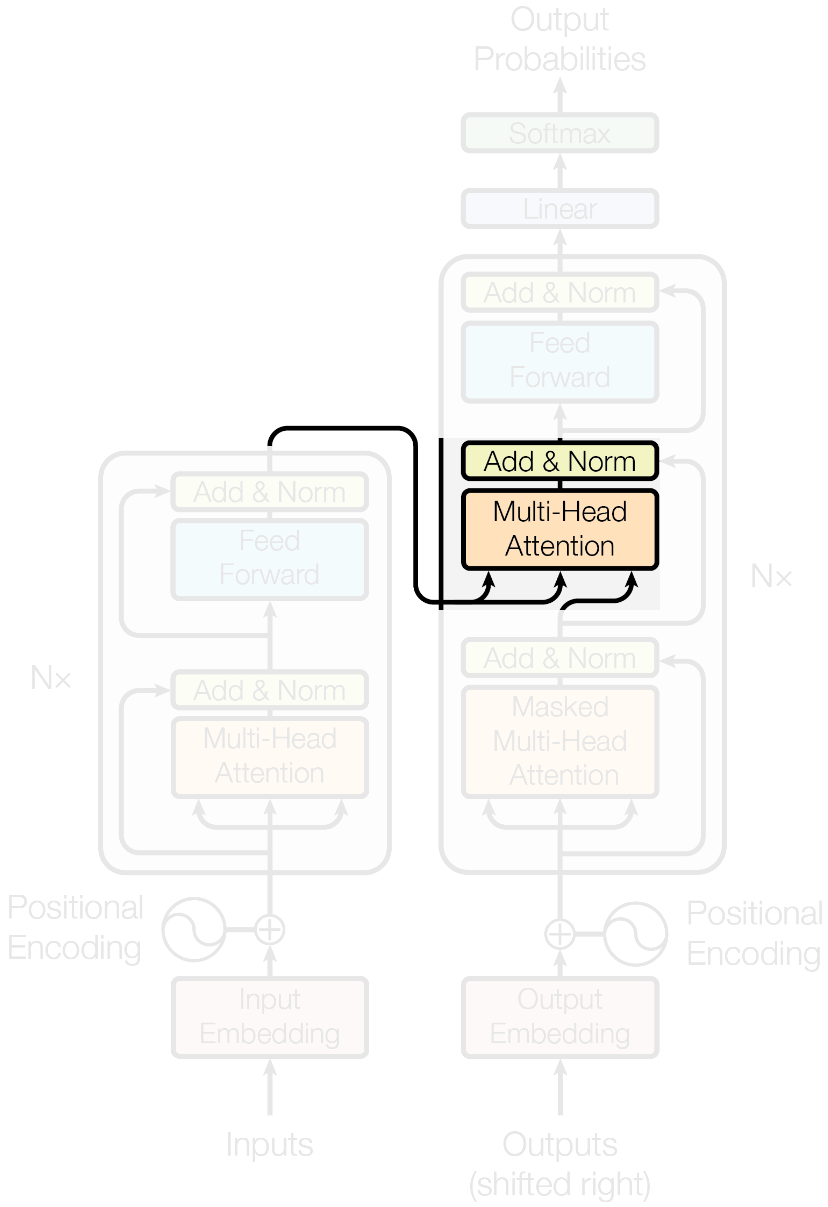
- An encoding component
- A decoding component
- Connections between them
Vaswani, A., et al. (2017) Advances in Neural Information Processing Systems 30, 5998–6008
The original transformer
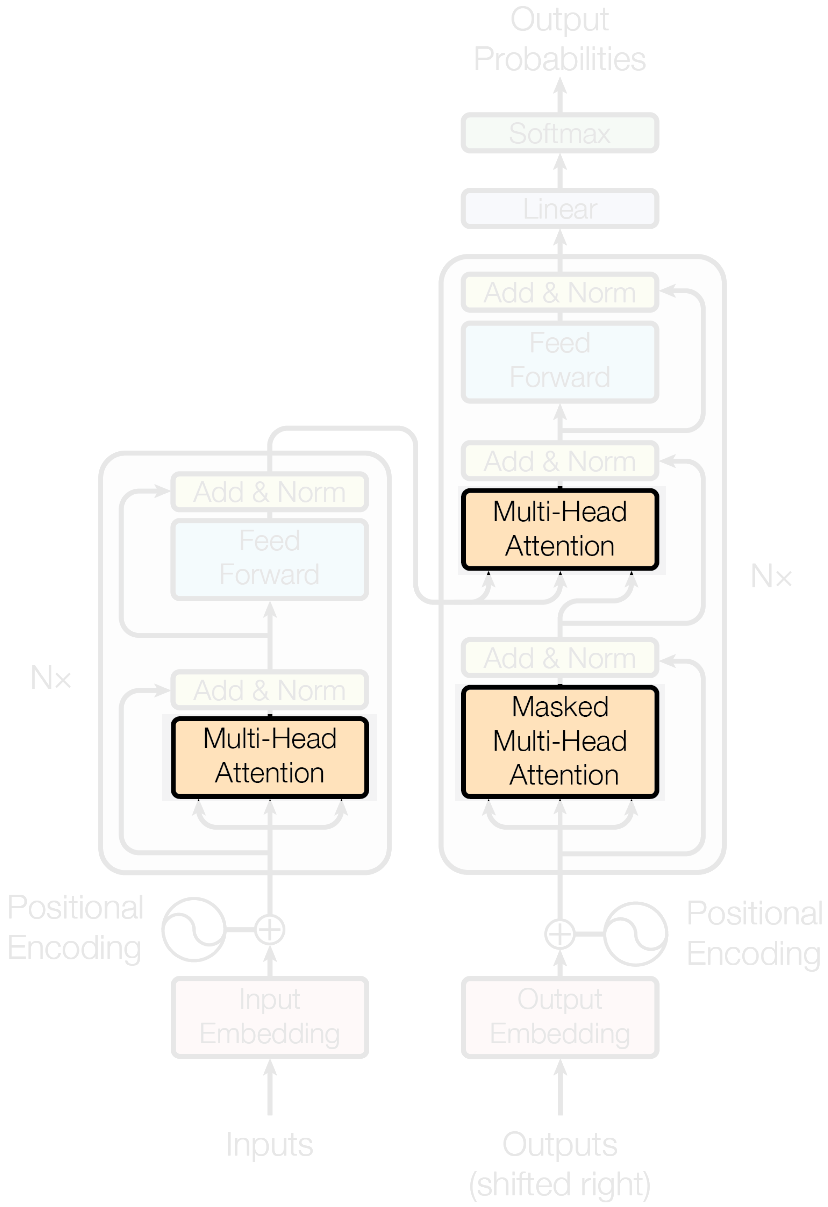
- An encoding component
- A decoding component
- Connections between them
- The attention mechanism
Vaswani, A., et al. (2017) Advances in Neural Information Processing Systems 30, 5998–6008
The original transformer
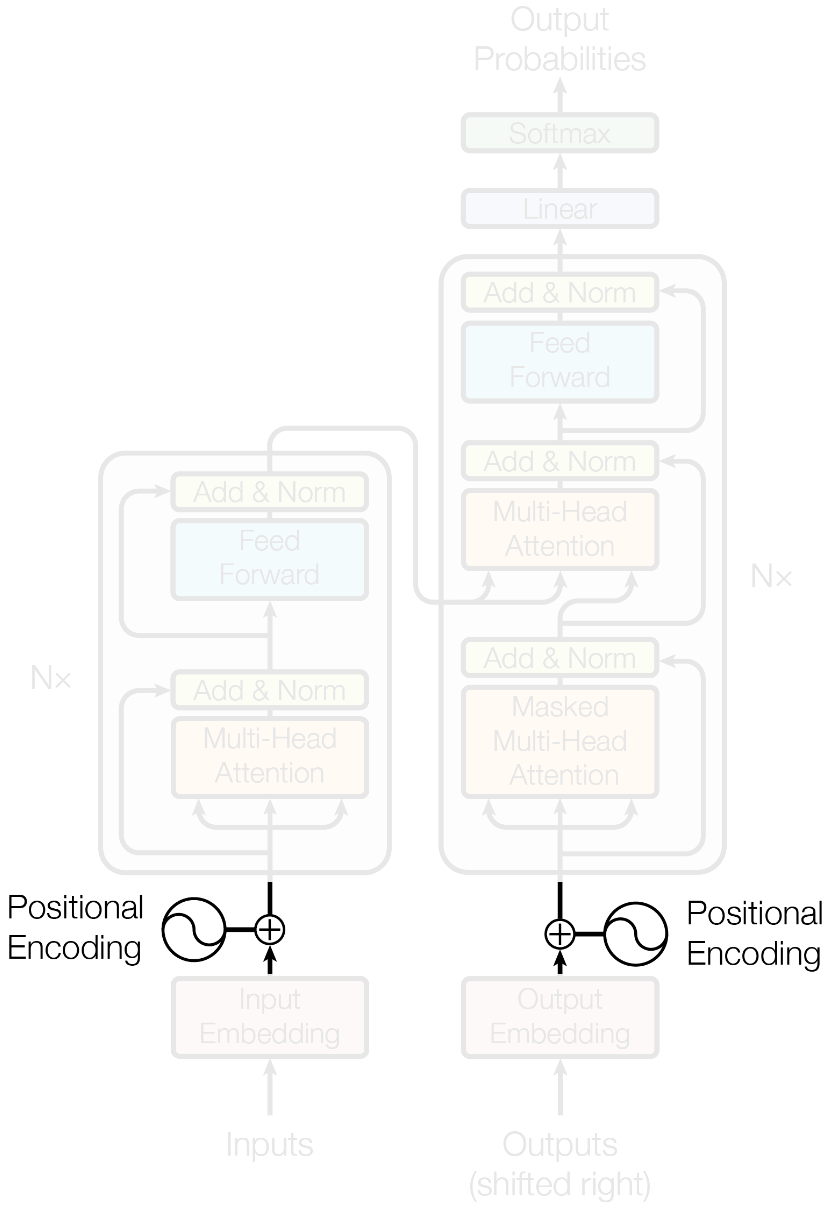
- An encoding component
- A decoding component
- Connections between them
- The attention mechanism
- A positional encoding
Vaswani, A., et al. (2017) Advances in Neural Information Processing Systems 30, 5998–6008
The original transformer
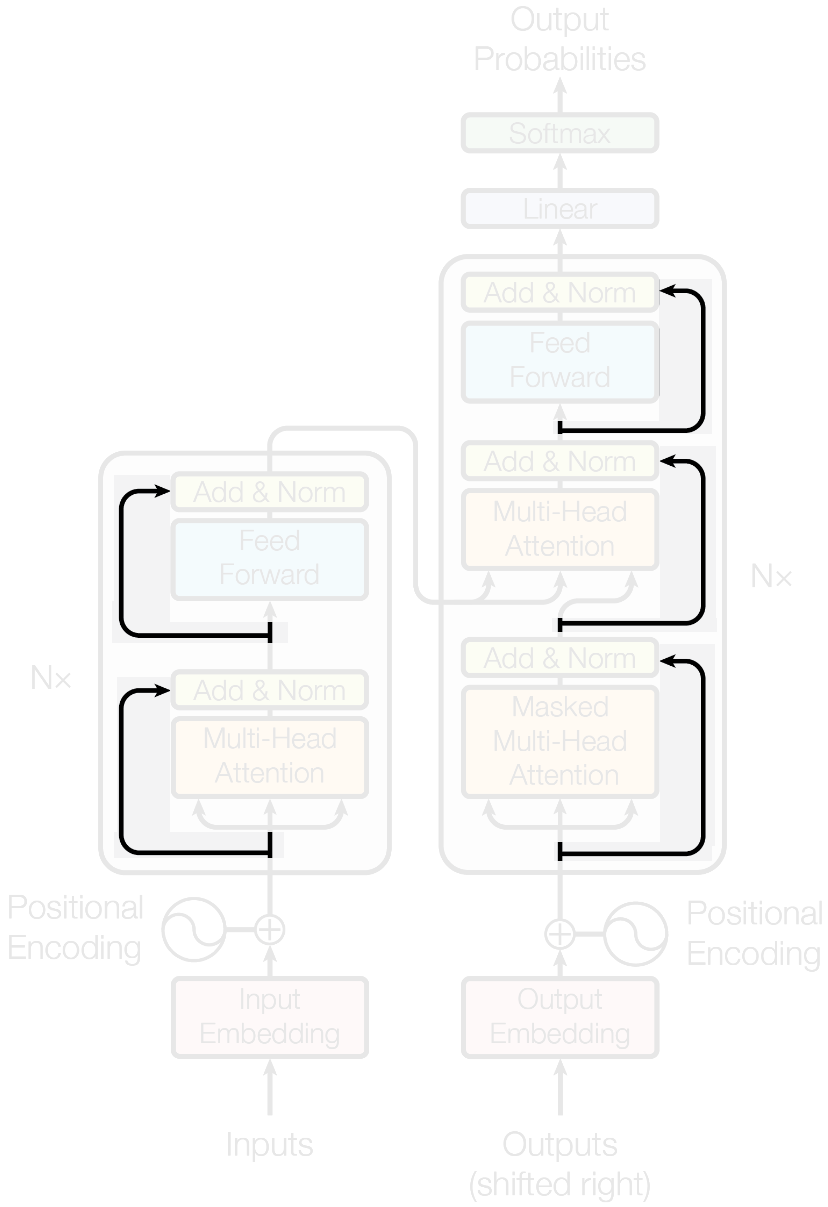
- An encoding component
- A decoding component
- Connections between them
- The attention mechanism
- A positional encoding
- Residual connections
Vaswani, A., et al. (2017) Advances in Neural Information Processing Systems 30, 5998–6008
The encoder decoder structure

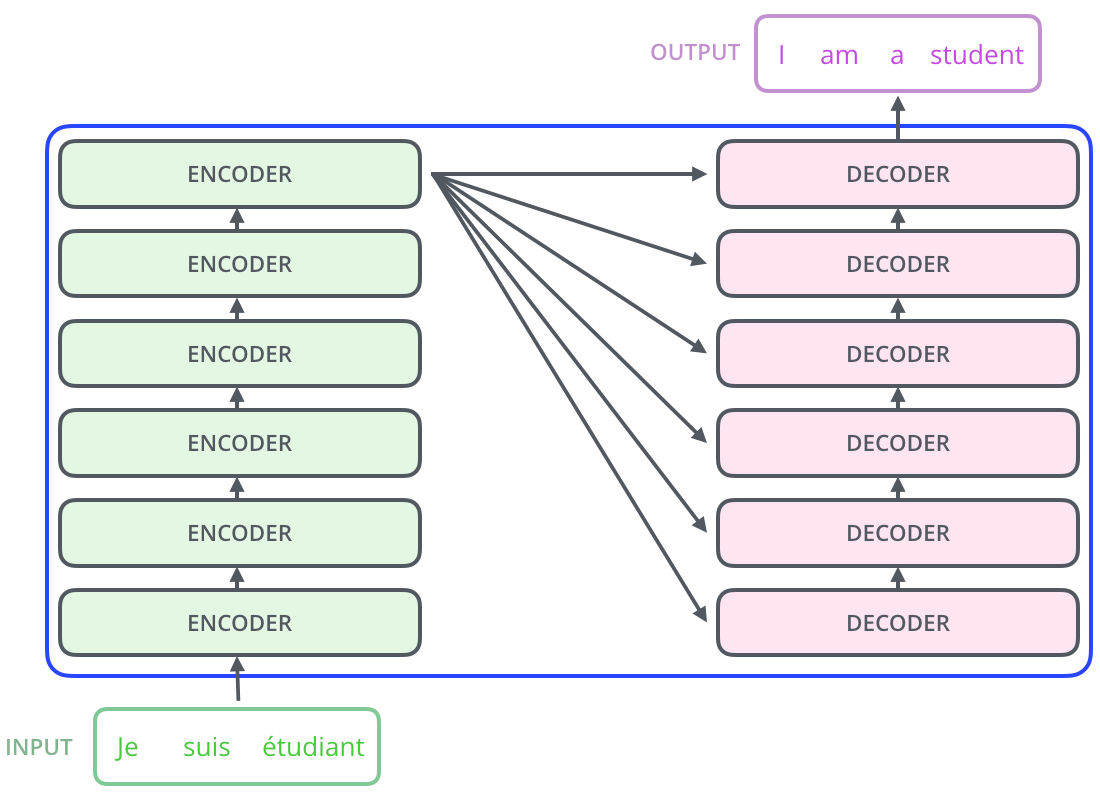
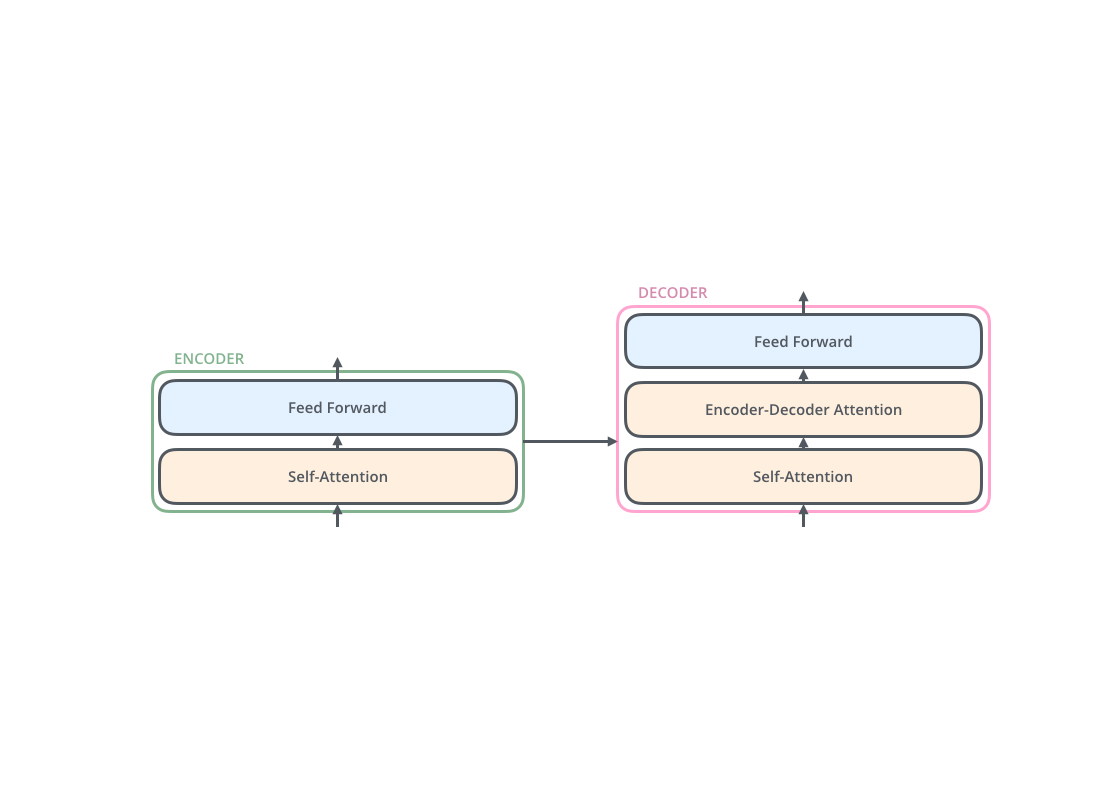
Attention mechanism
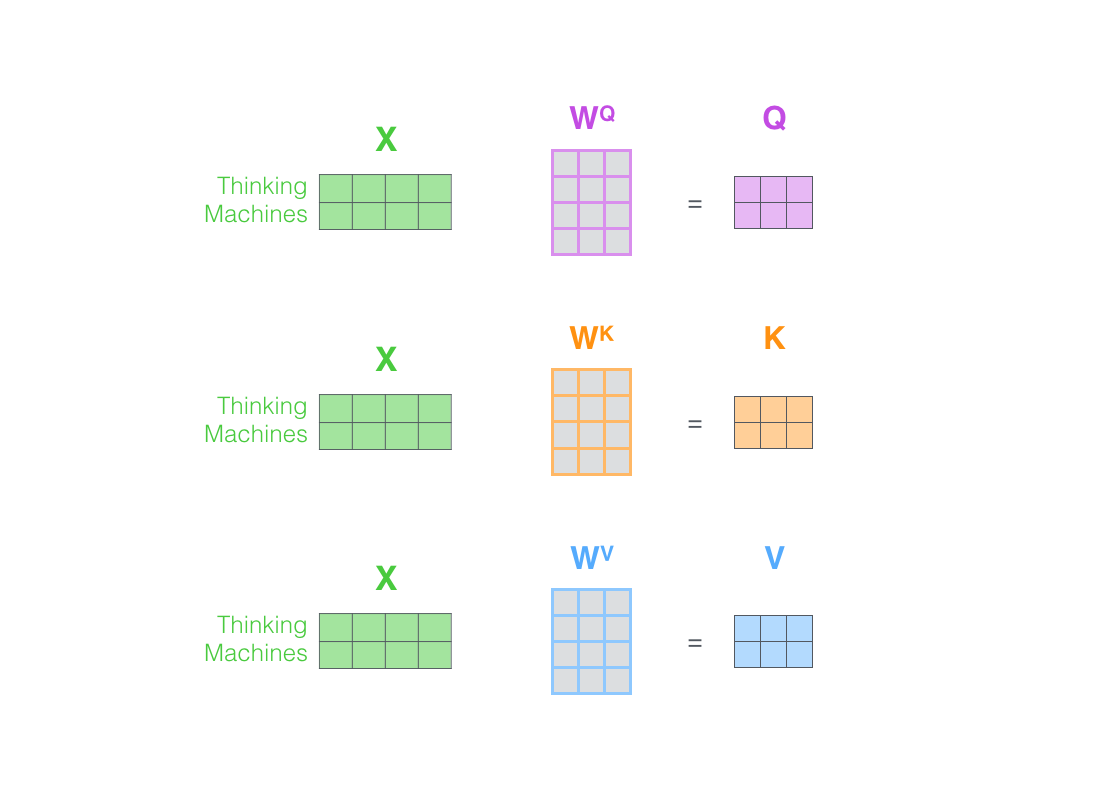
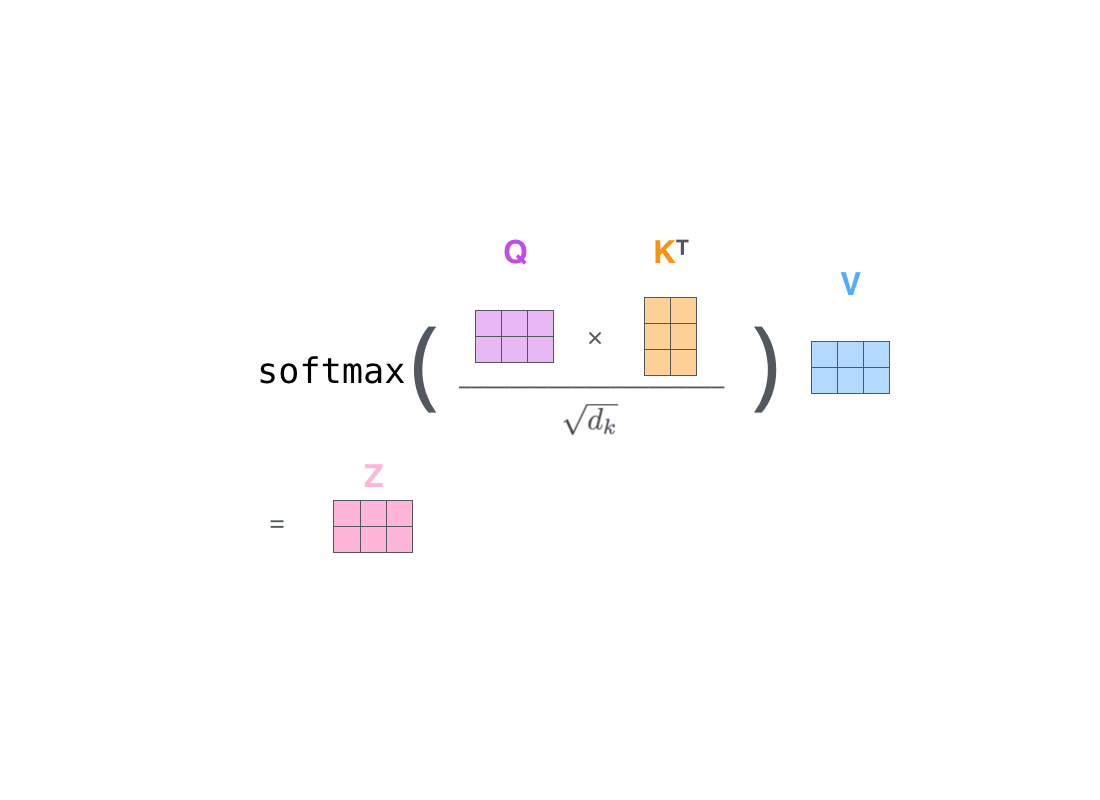
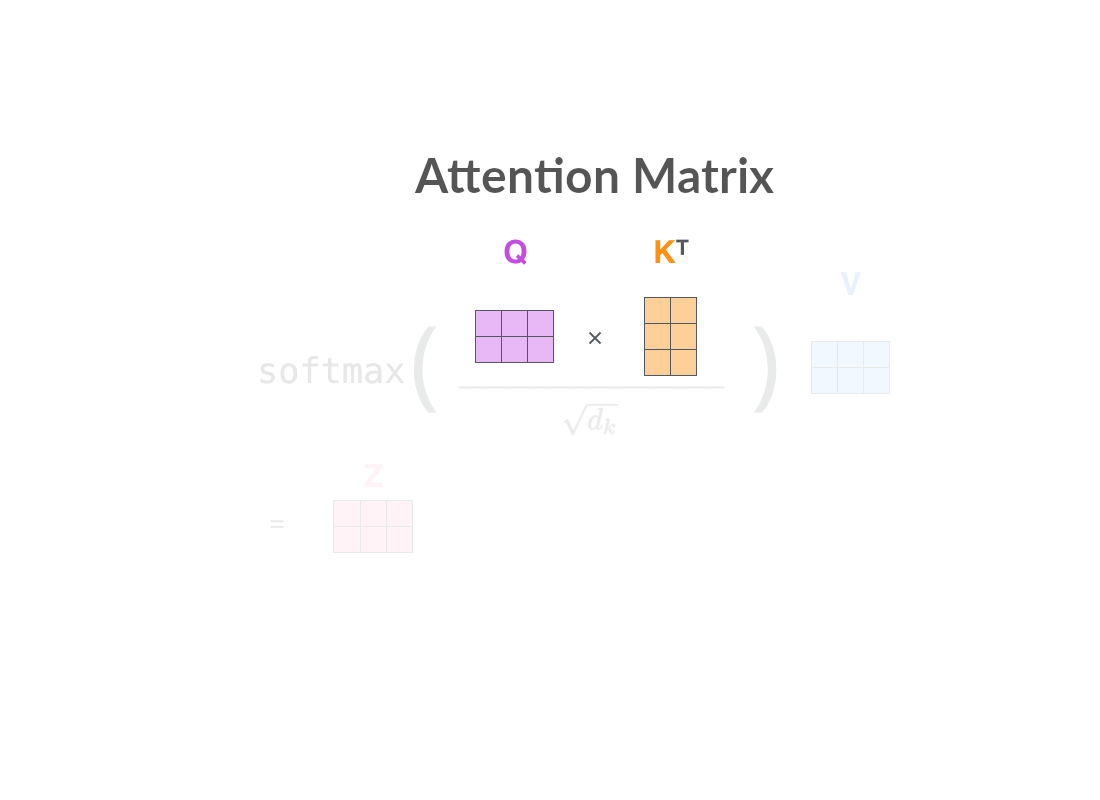
Attention matrix
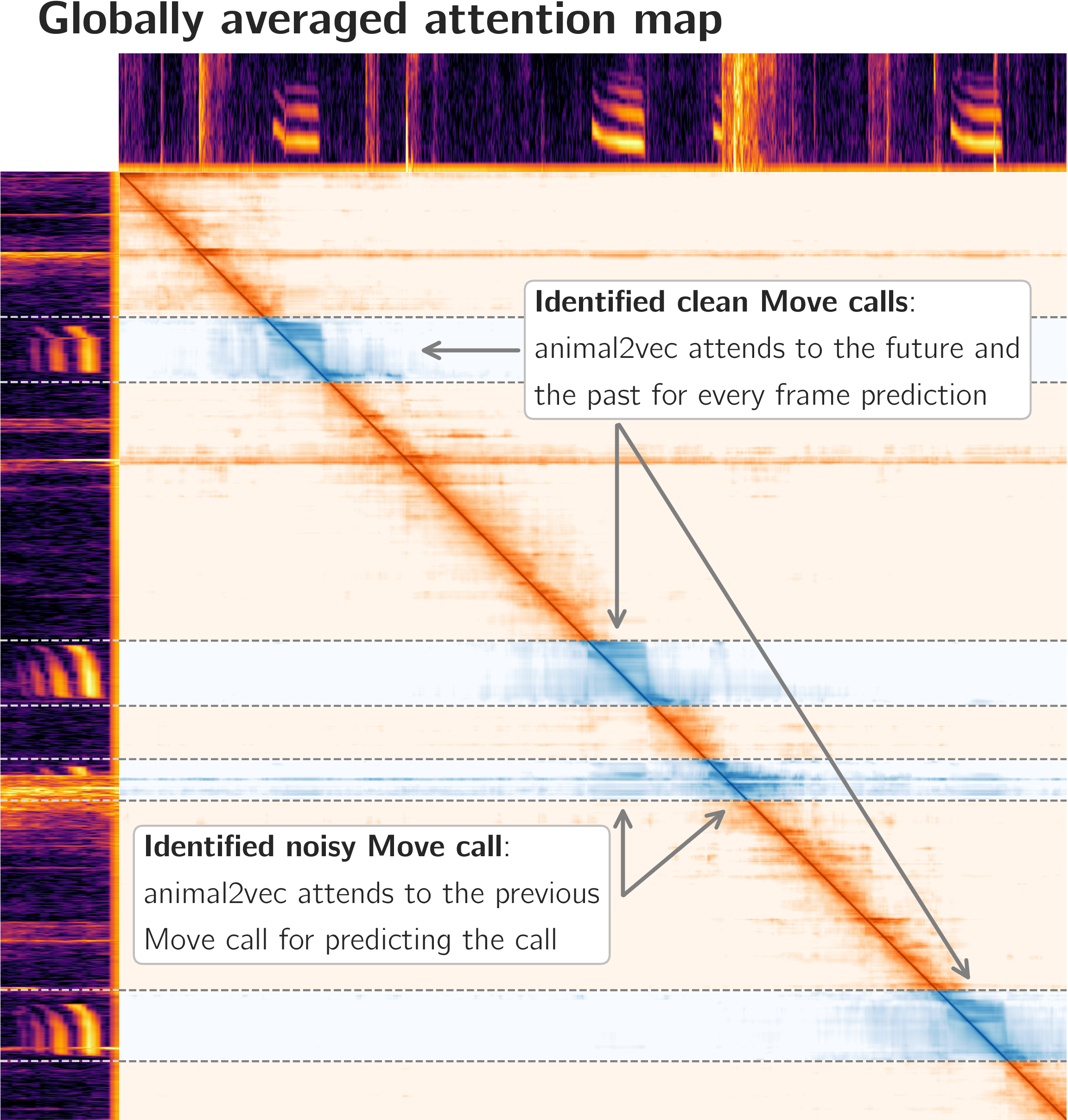
Schäfer-Zimmermann, J. C., et al. (2024). Preprint at arXiv:2406.01253
Attention matrix
Attention matrix
Attention matrix
Attention matrix
Attention matrix
All weights from all weight matrices attend to only the first word
Attention matrix
All weights from all weight matrices attend to only the second word
Attention matrix
All weights from all weight matrices attend to both words
Attention mechanism
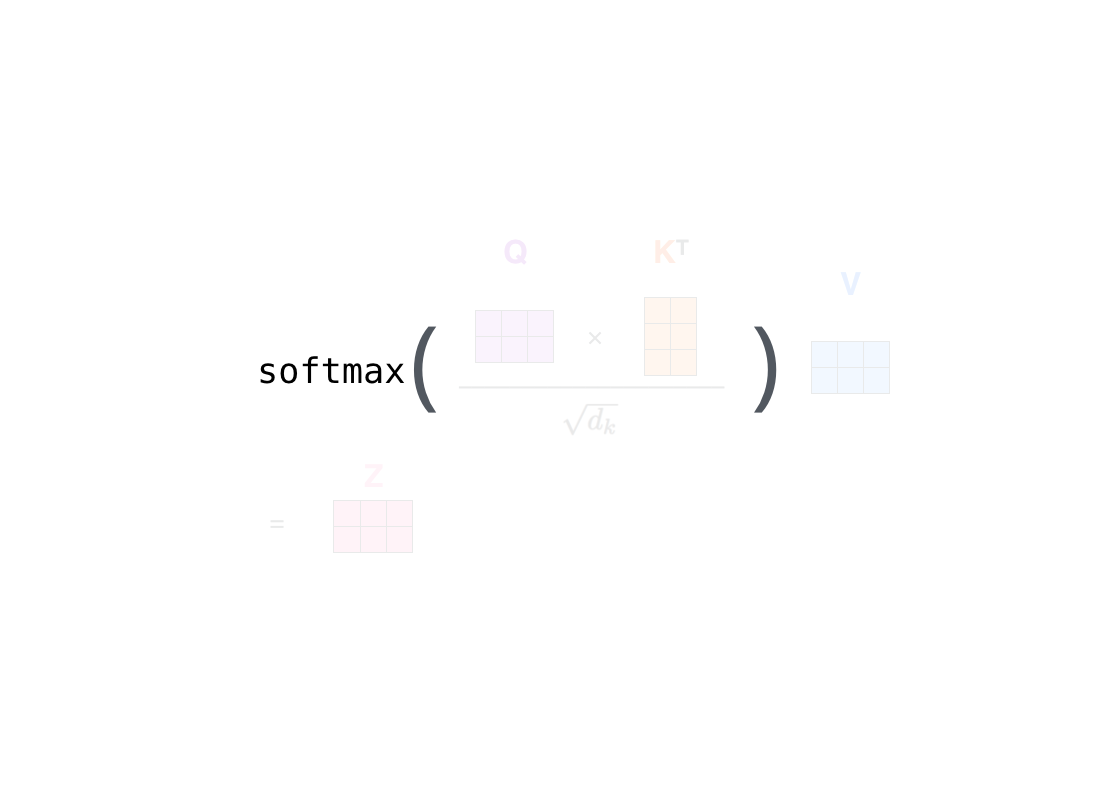
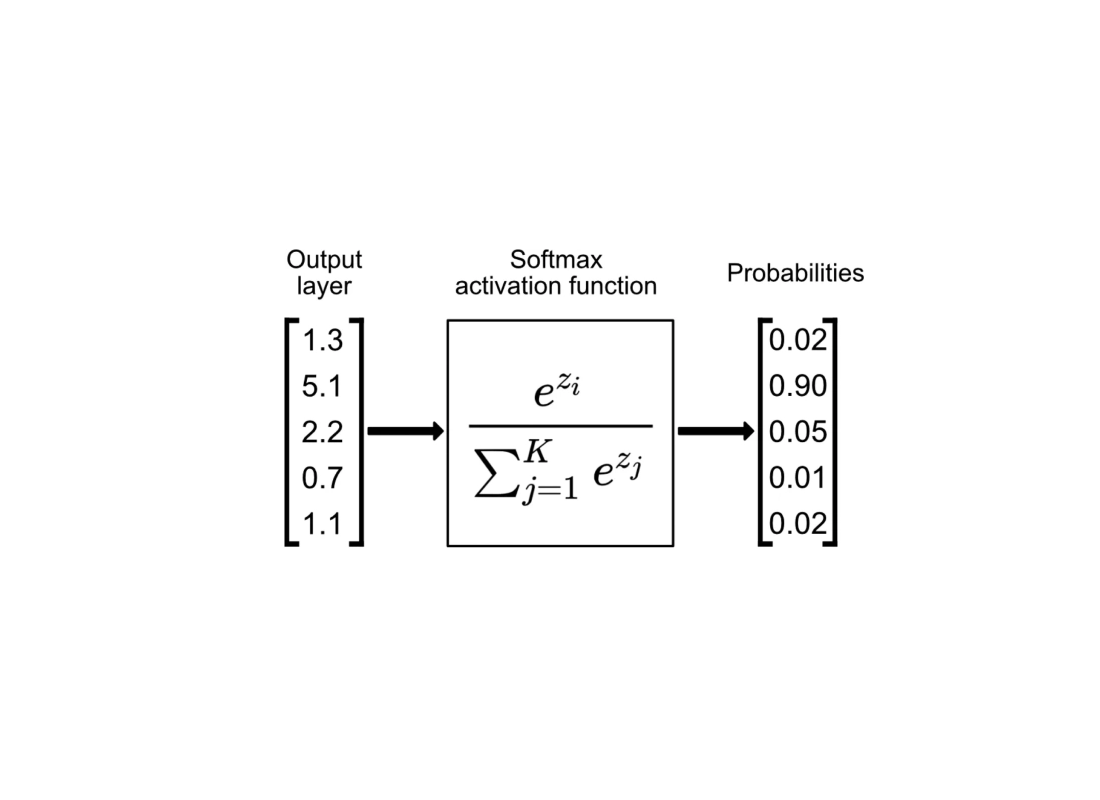
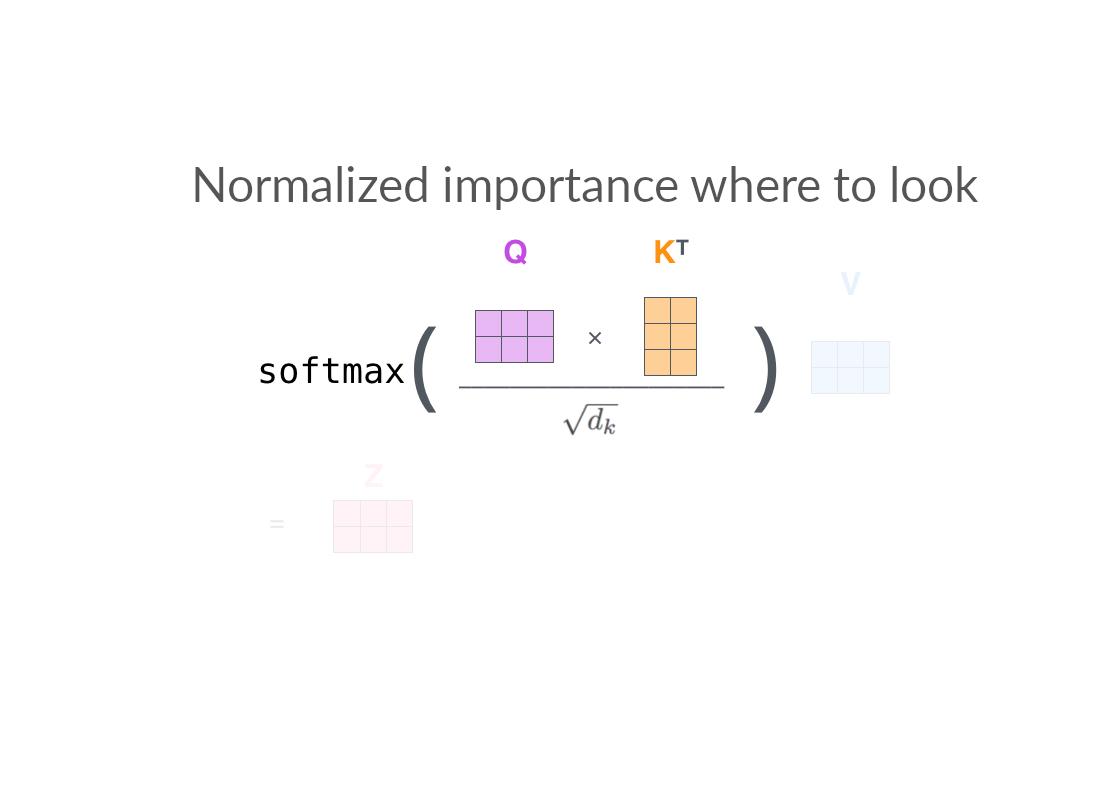

An example
”The animal didn't cross the street because it was too tired”
”The animal didn't cross the street because it was too tired”
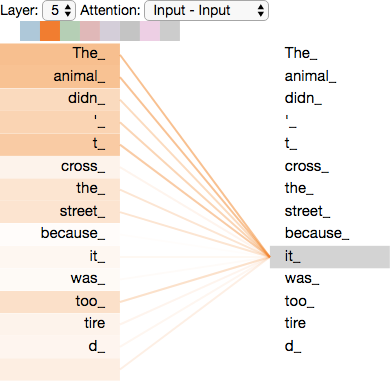
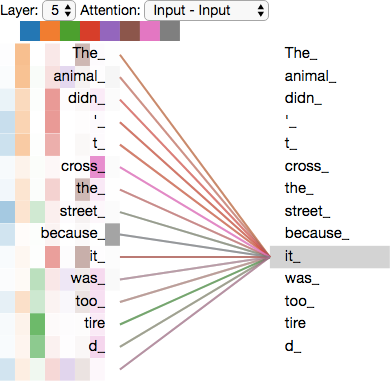
The original transformer

- An encoding component
- A decoding component
- Connections between them
- The attention mechanism
- A positional encoding
Vaswani, A., et al. (2017) Advances in Neural Information Processing Systems 30, 5998–6008
Positional encoding
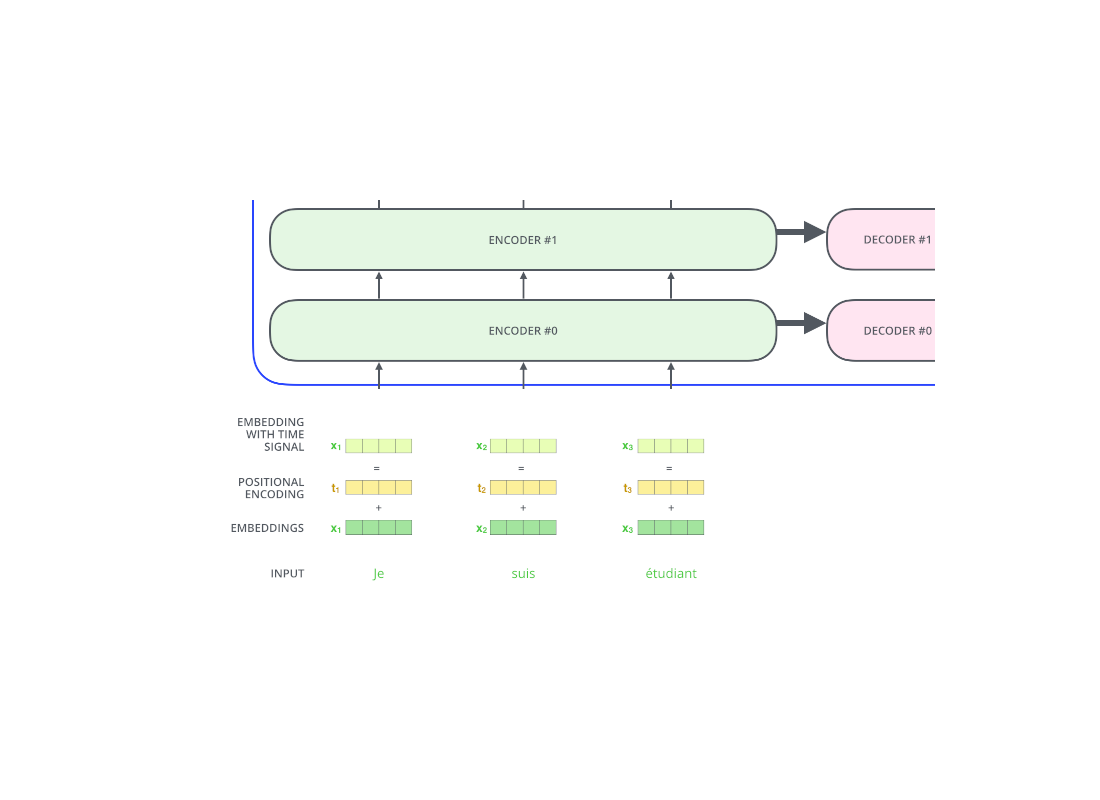
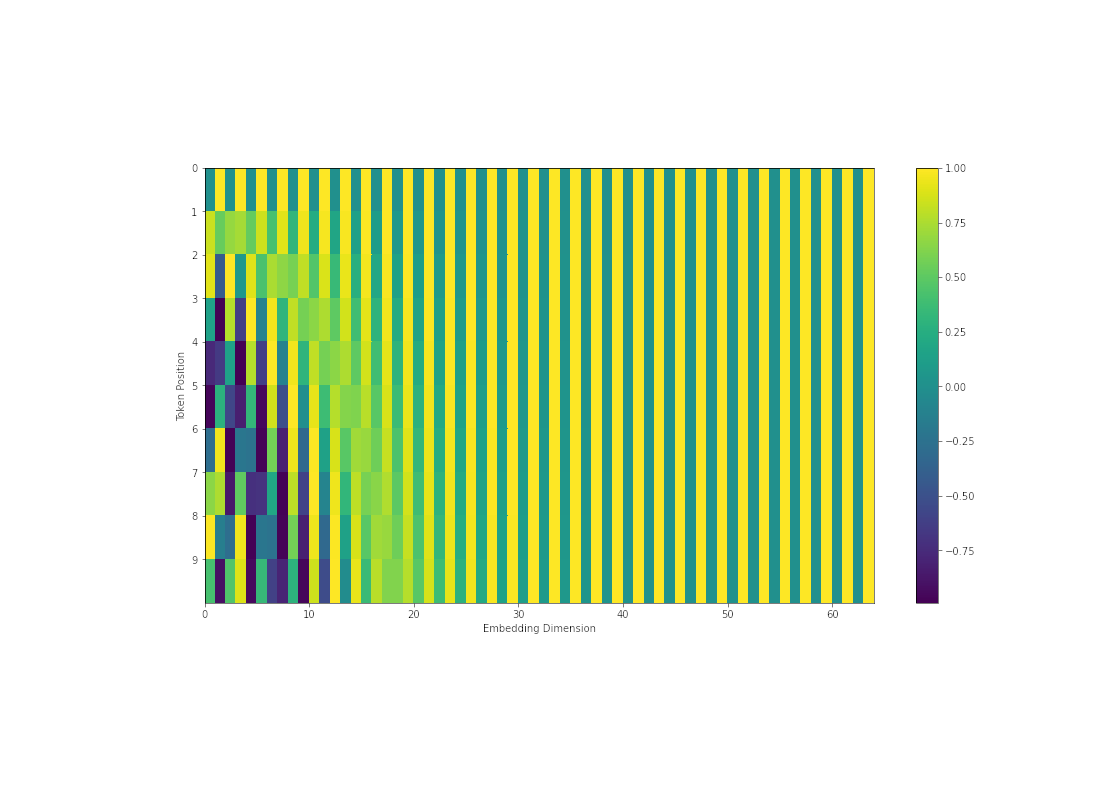
The original transformer

- An encoding component
- A decoding component
- Connections between them
- The attention mechanism
- A positional encoding
- Residual connections
Vaswani, A., et al. (2017) Advances in Neural Information Processing Systems 30, 5998–6008
Residual connections
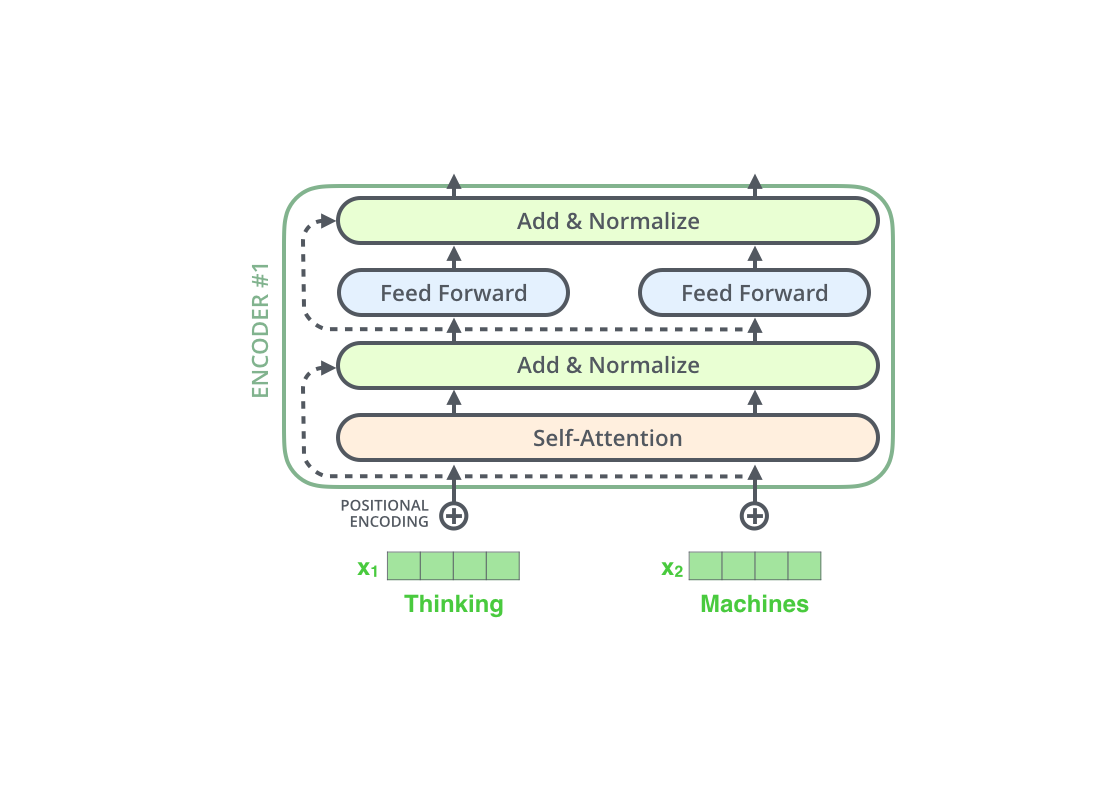
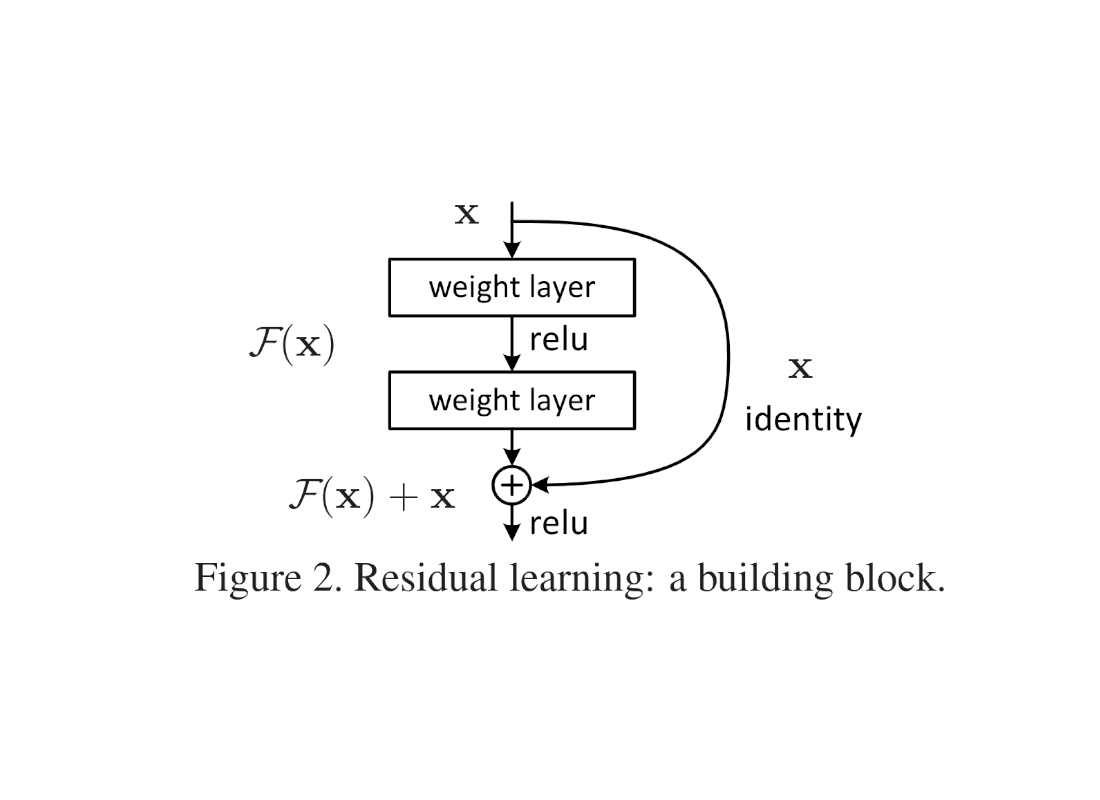
How to input data (Frontend)
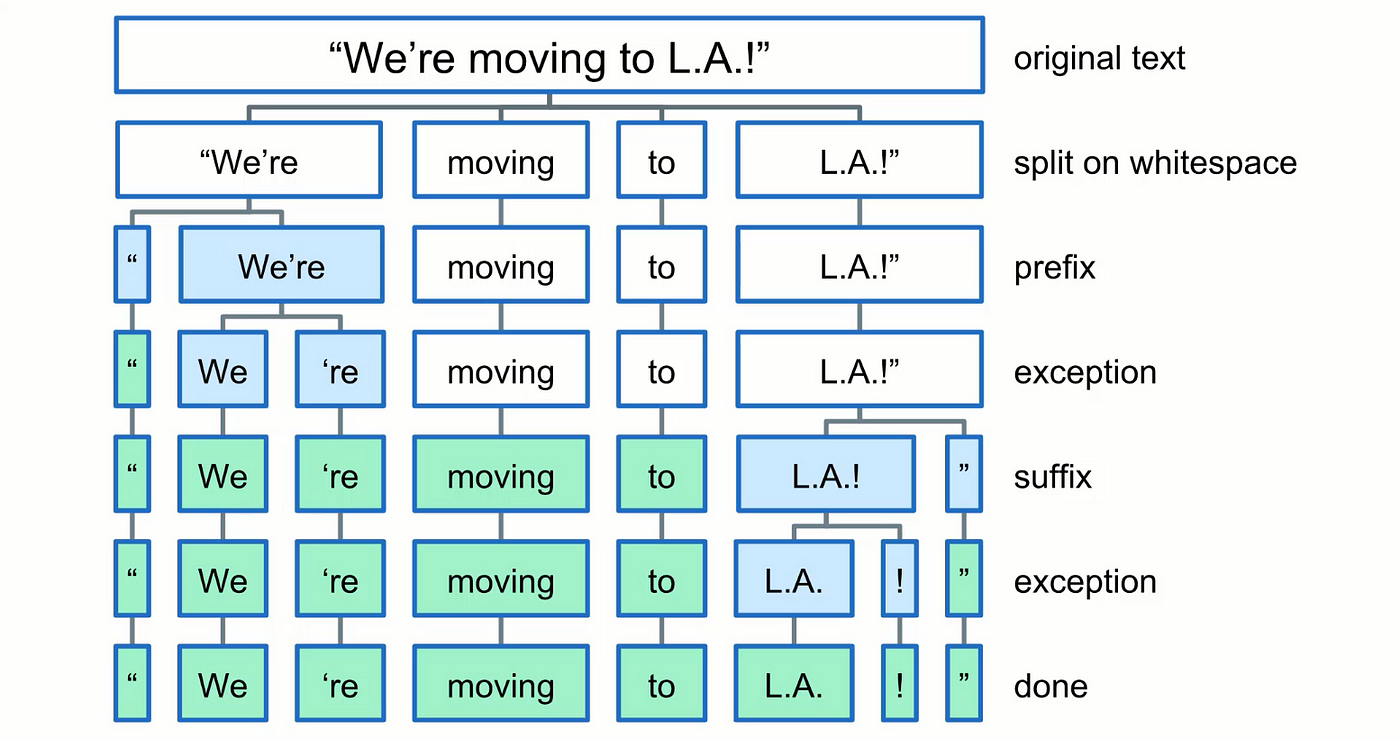
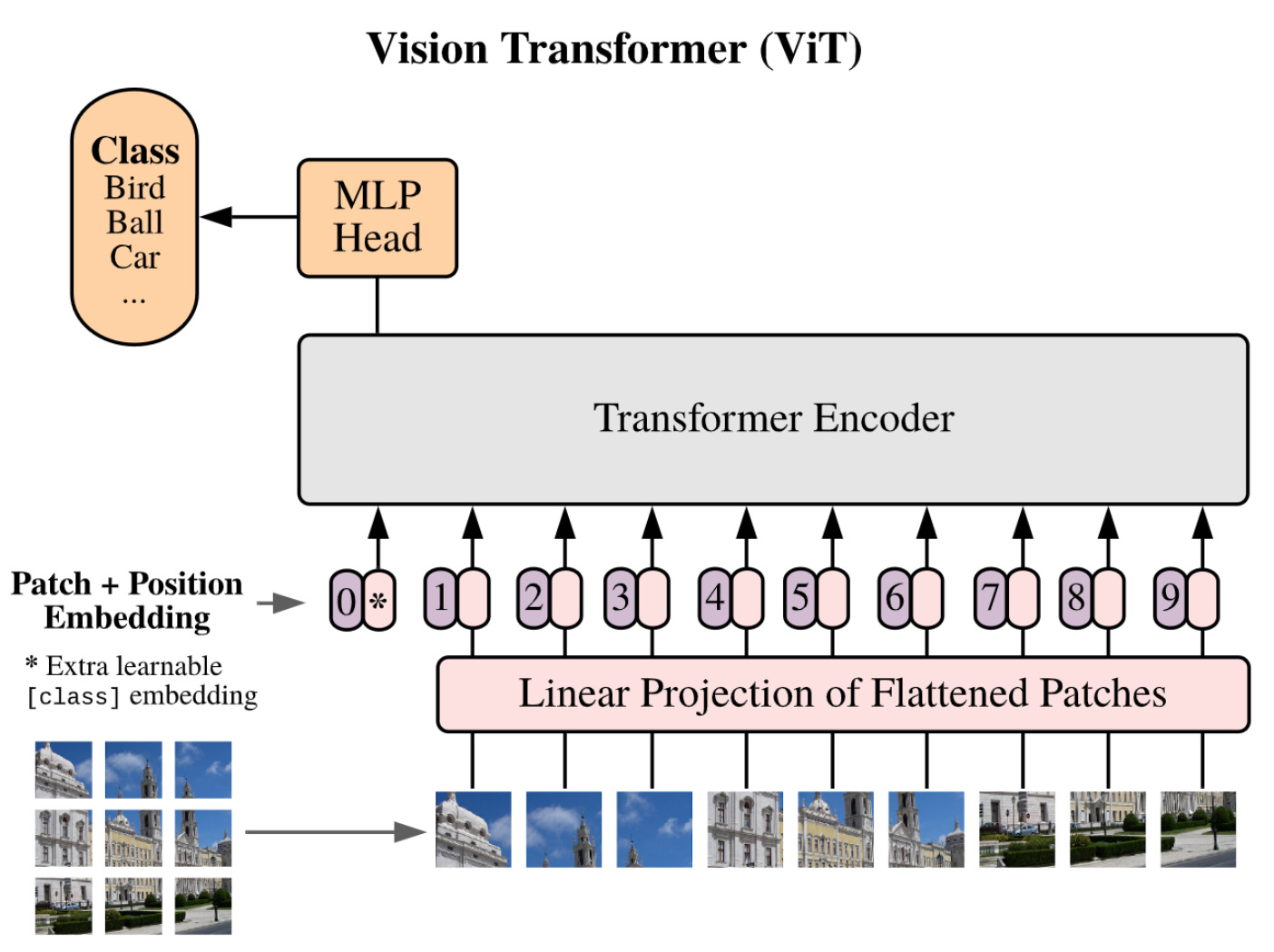
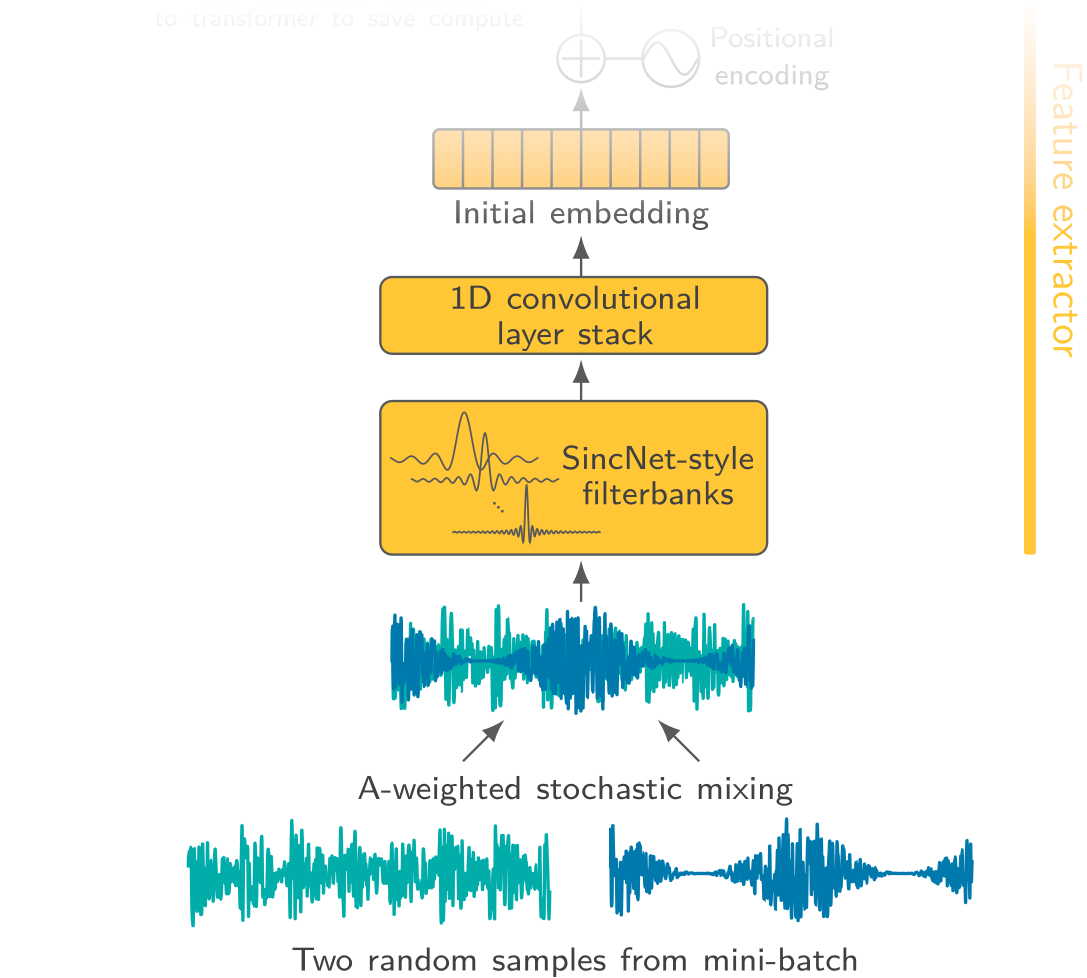
Overview

- The Swiss army knife of neural network architectures
- Needs usually more data for convergence as no inductive bias
- Computational complexity scales quadratically
- State-of-the-art results (if you can afford it)
- All foundational models (exhaustively pretrained) are transformers
The transformer:
Vaswani, A., et al. (2017) Advances in Neural Information Processing Systems 30, 5998–6008
Introductory talk on
Self-supervised learning and transformers
What is it and do I need it?
Julian C. Schäfer-Zimmermann
Max Planck Institute of Animal Behavior
Department for the Ecology of Animal Societies
Communication and Collective Movement (CoCoMo) Group
